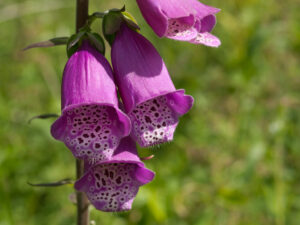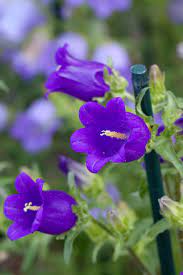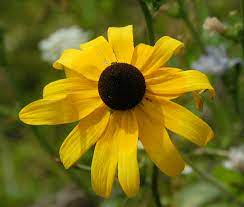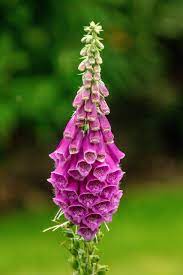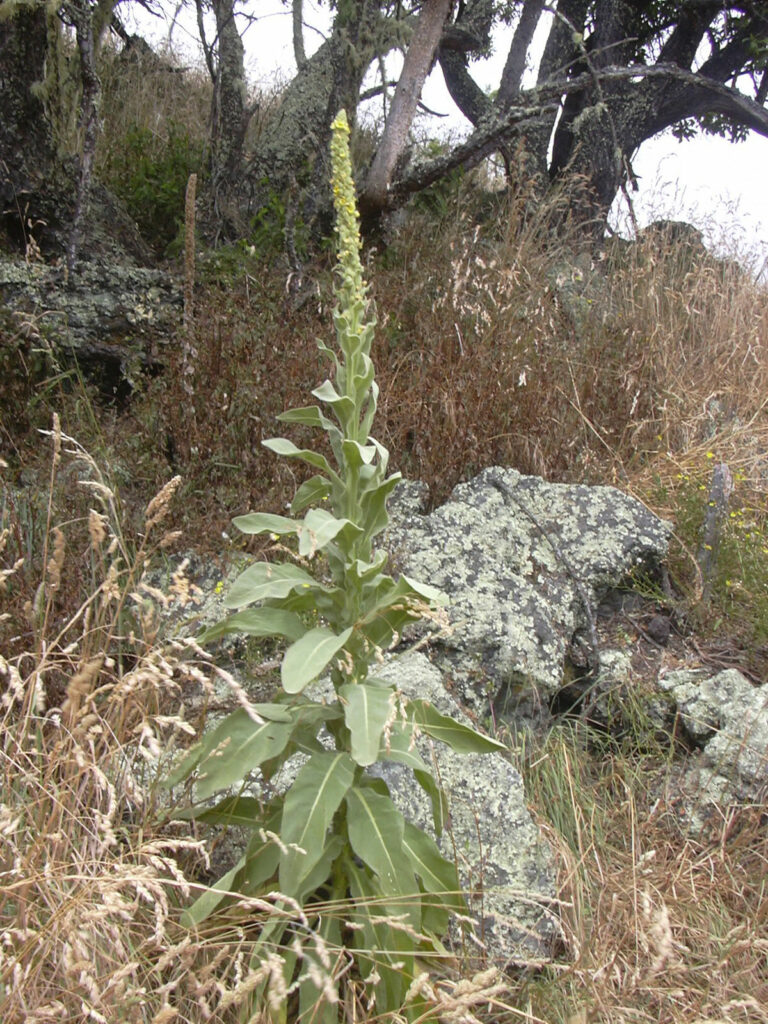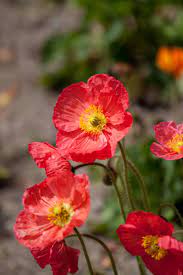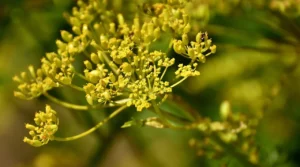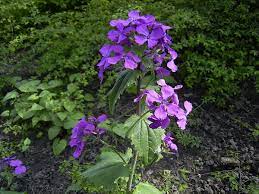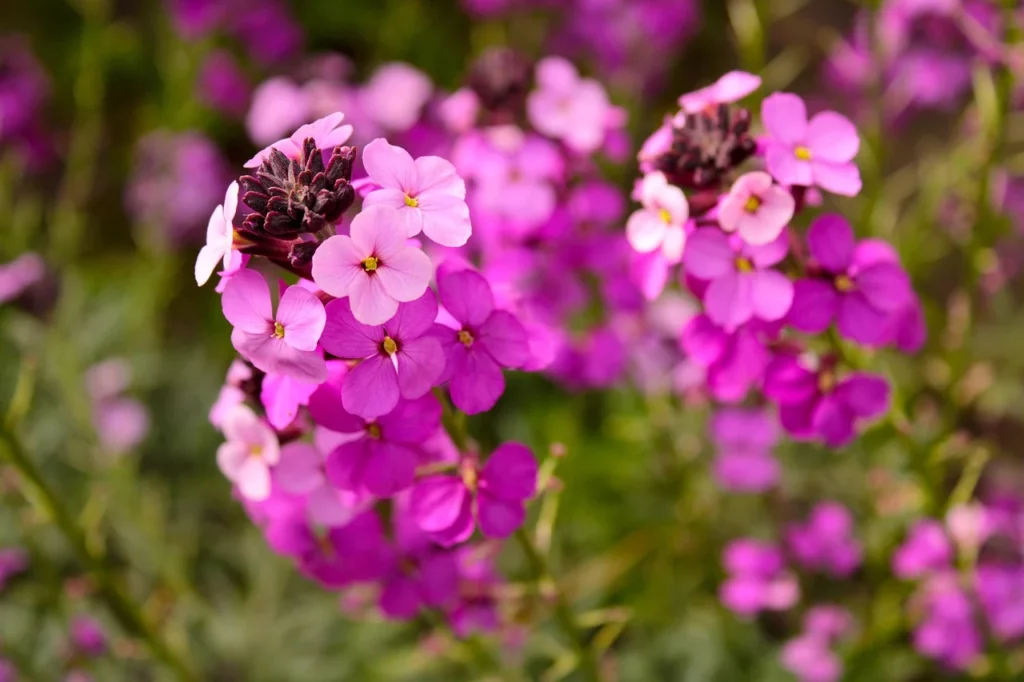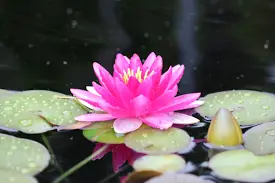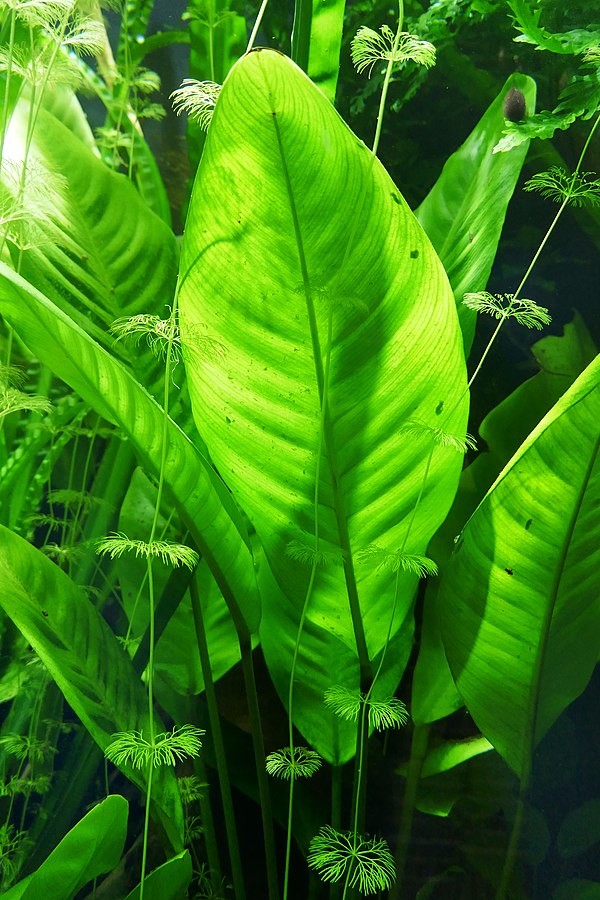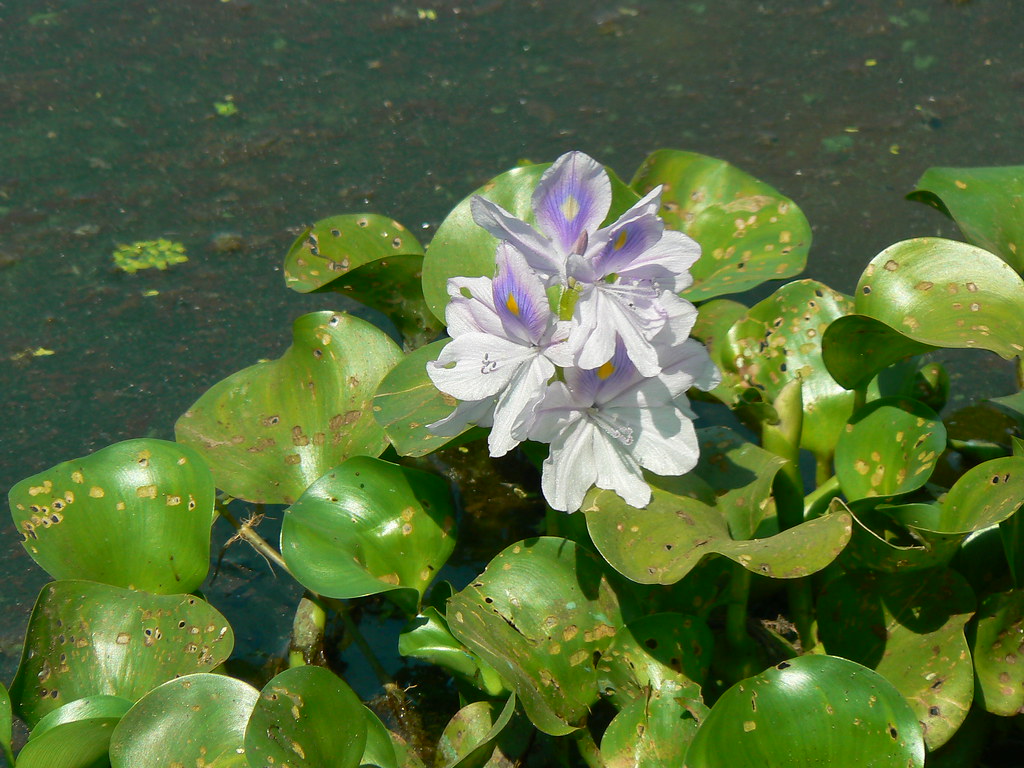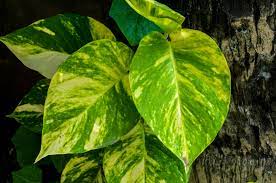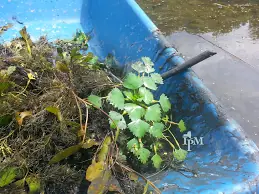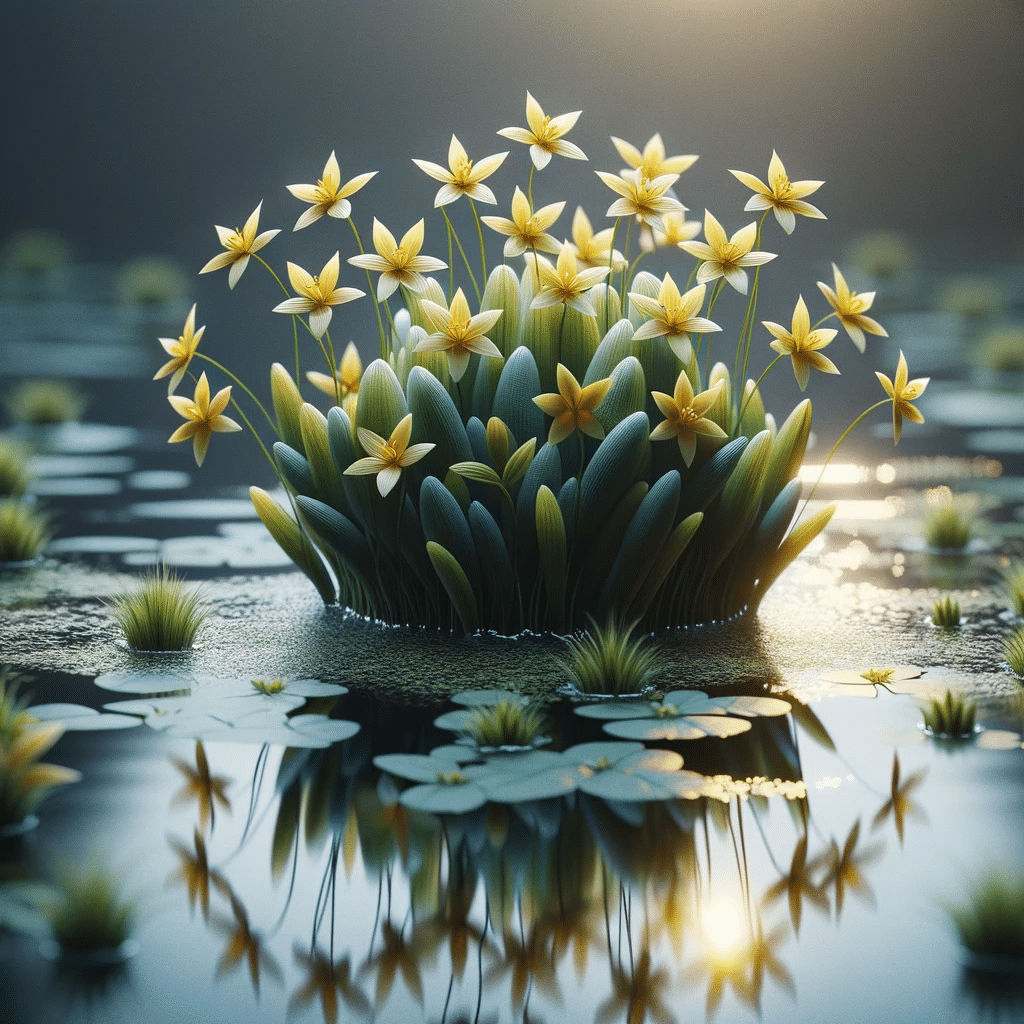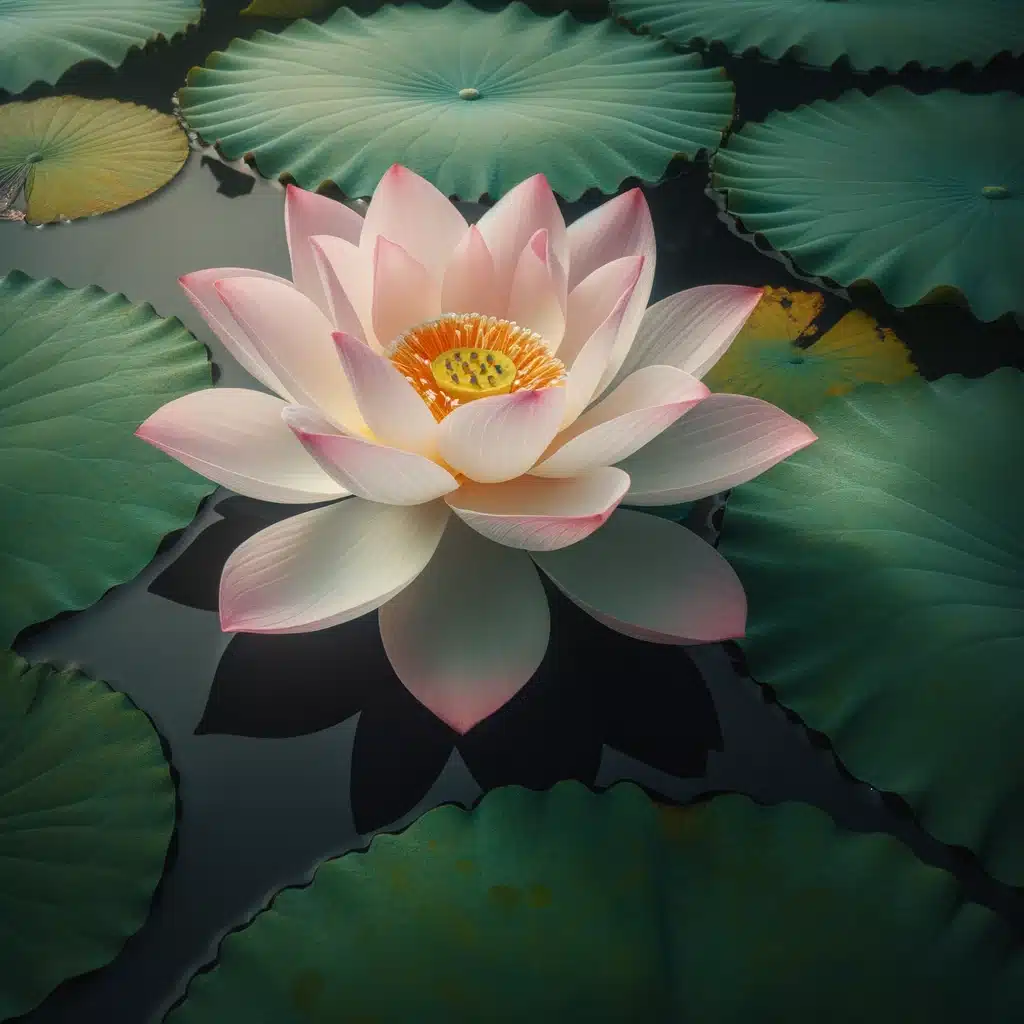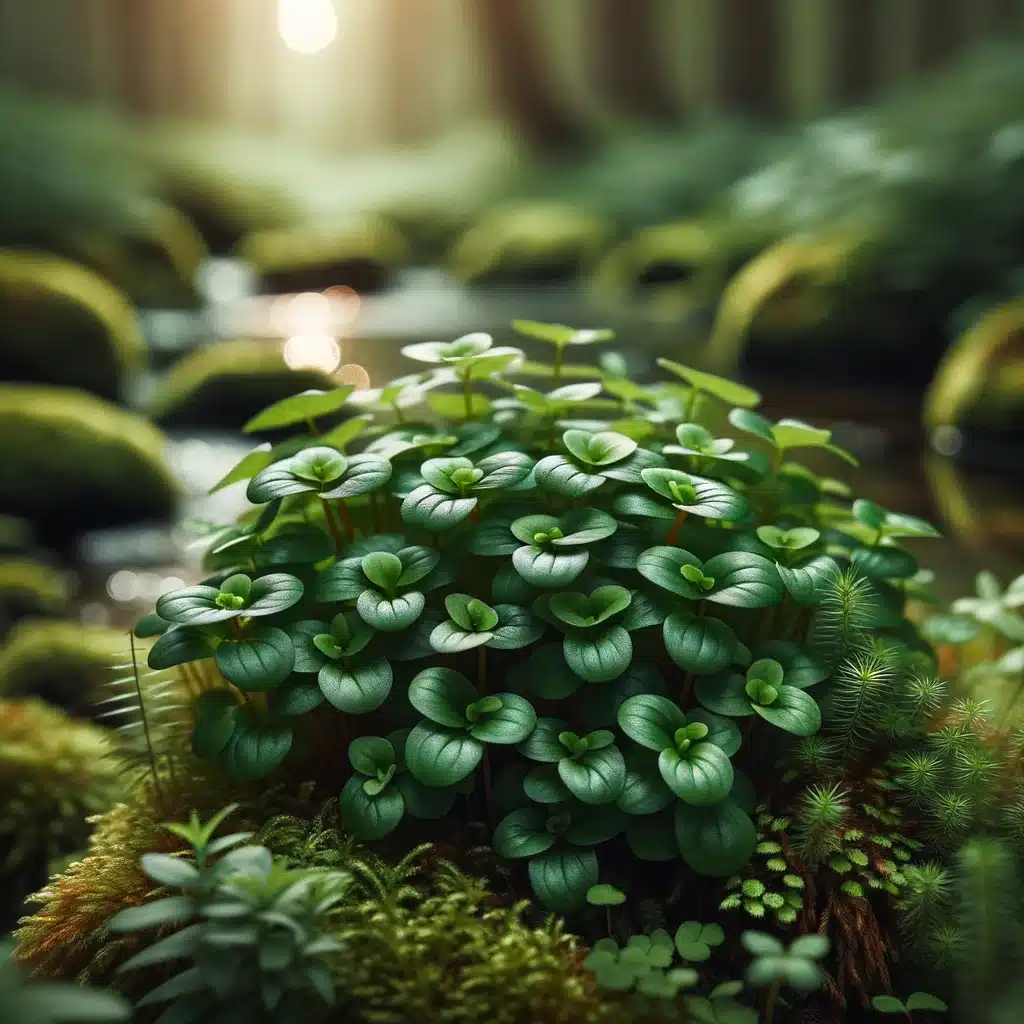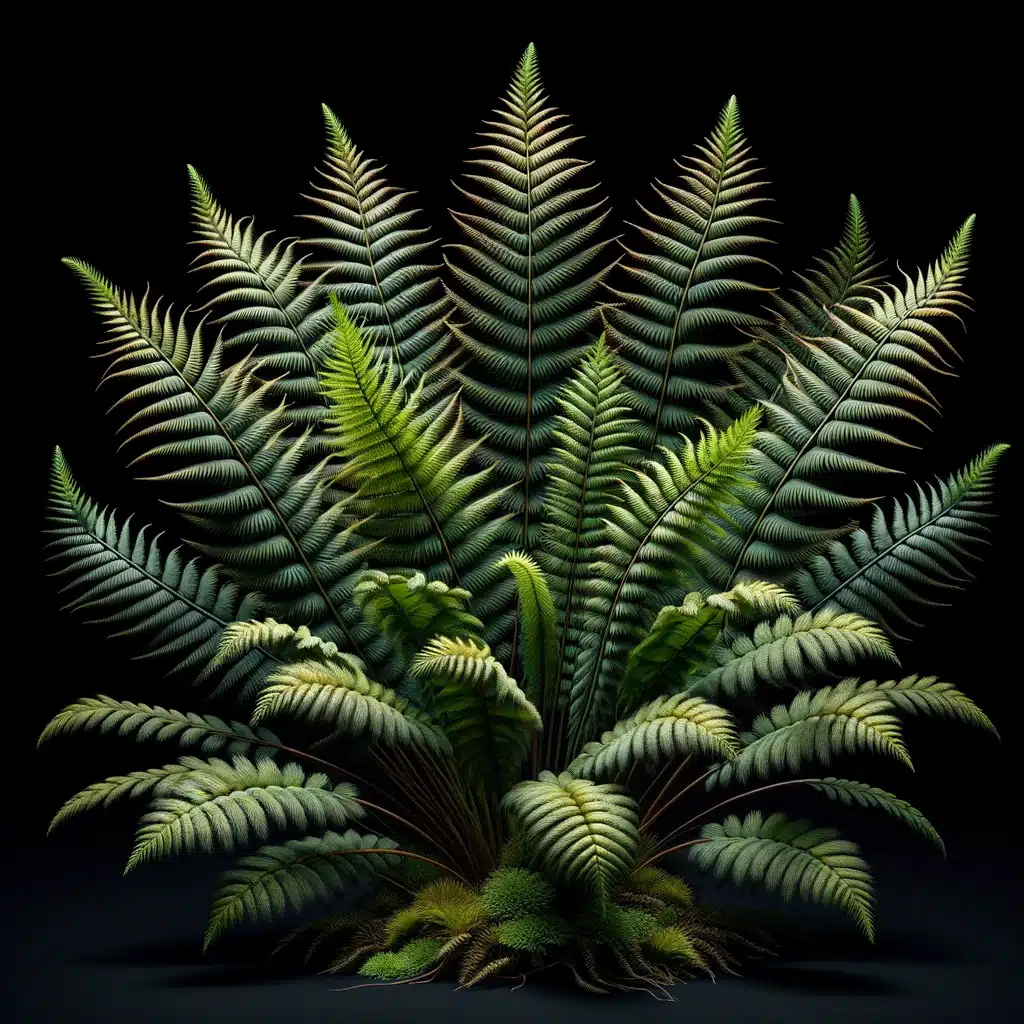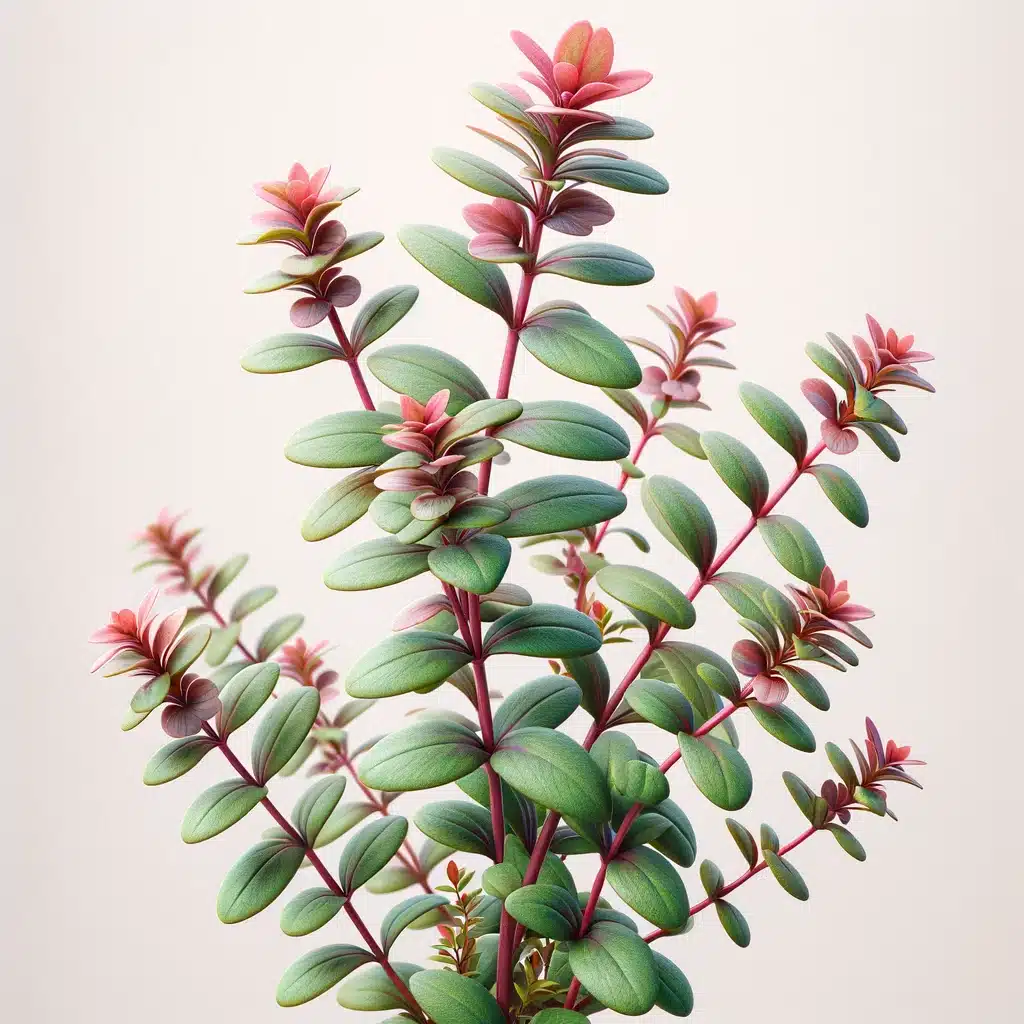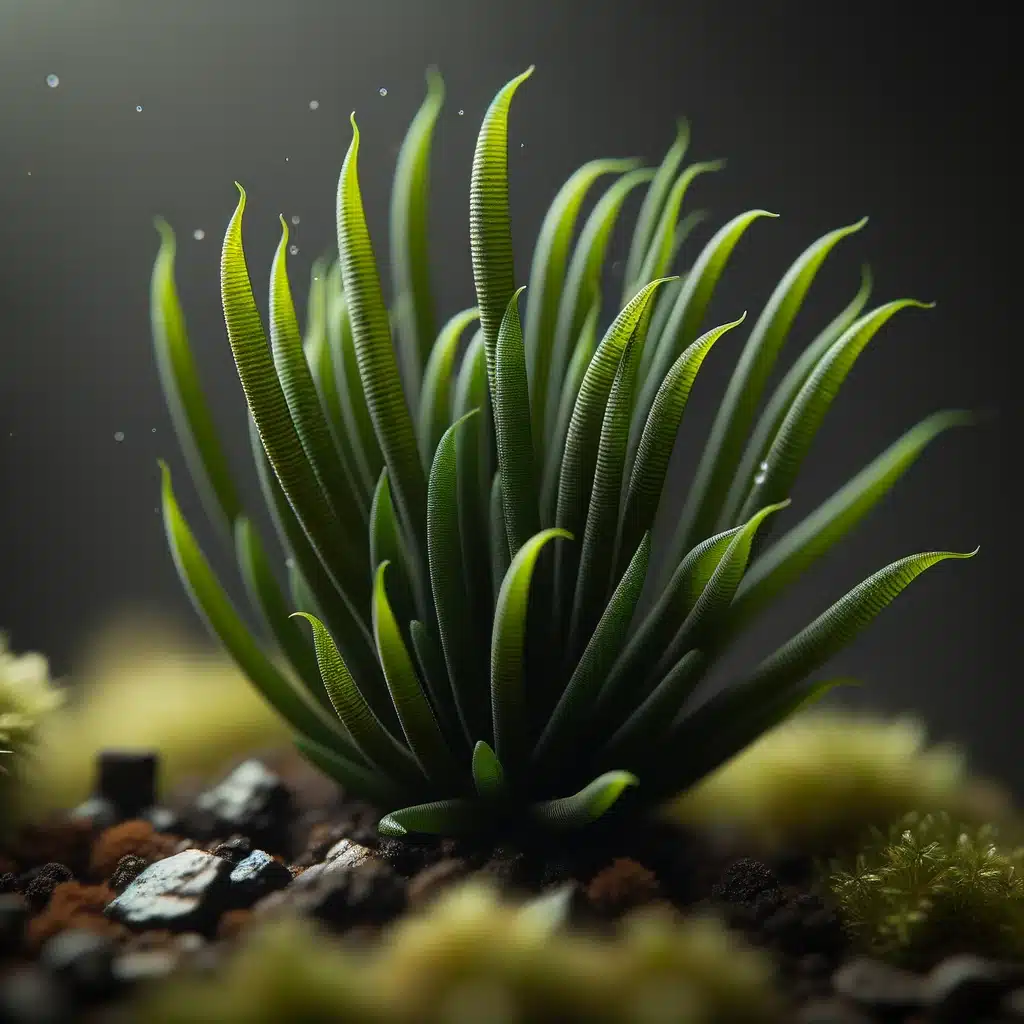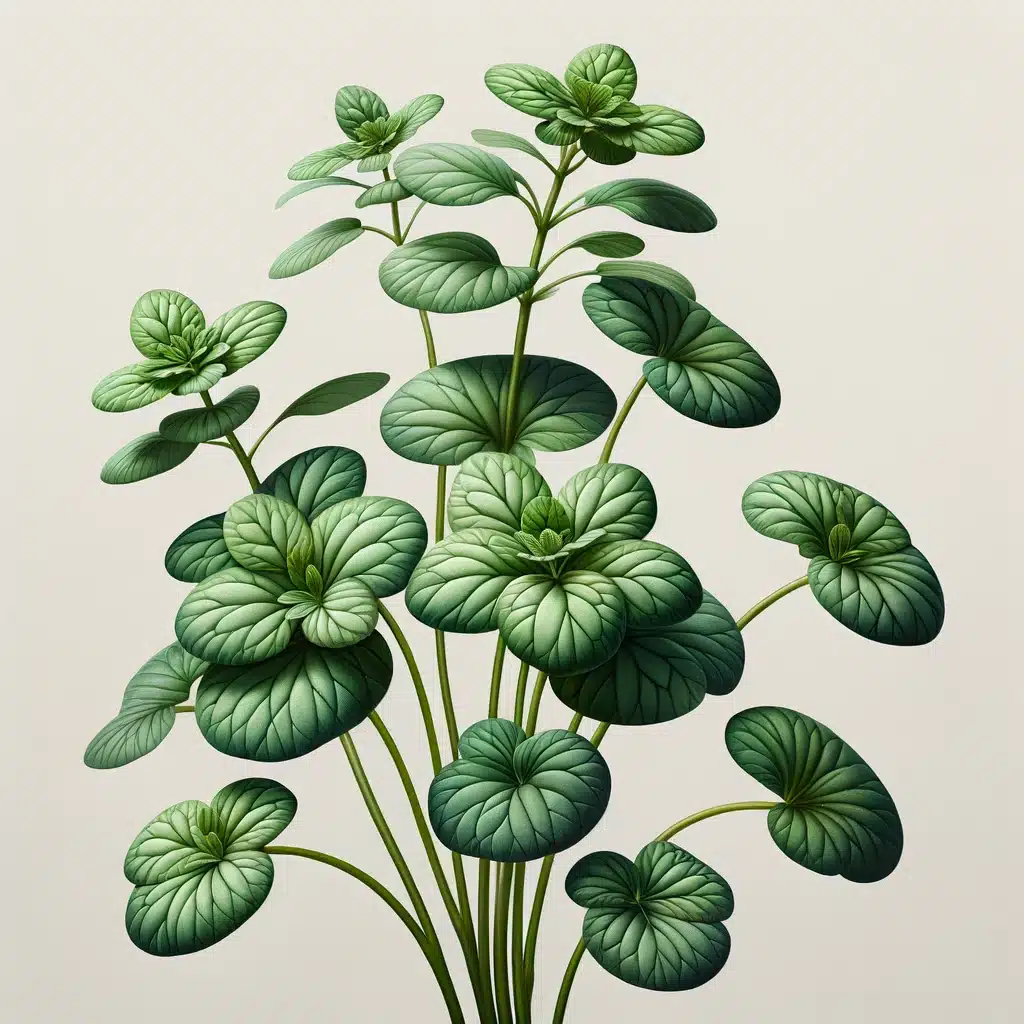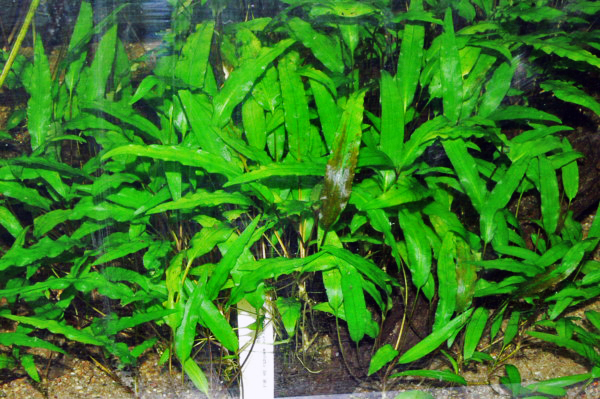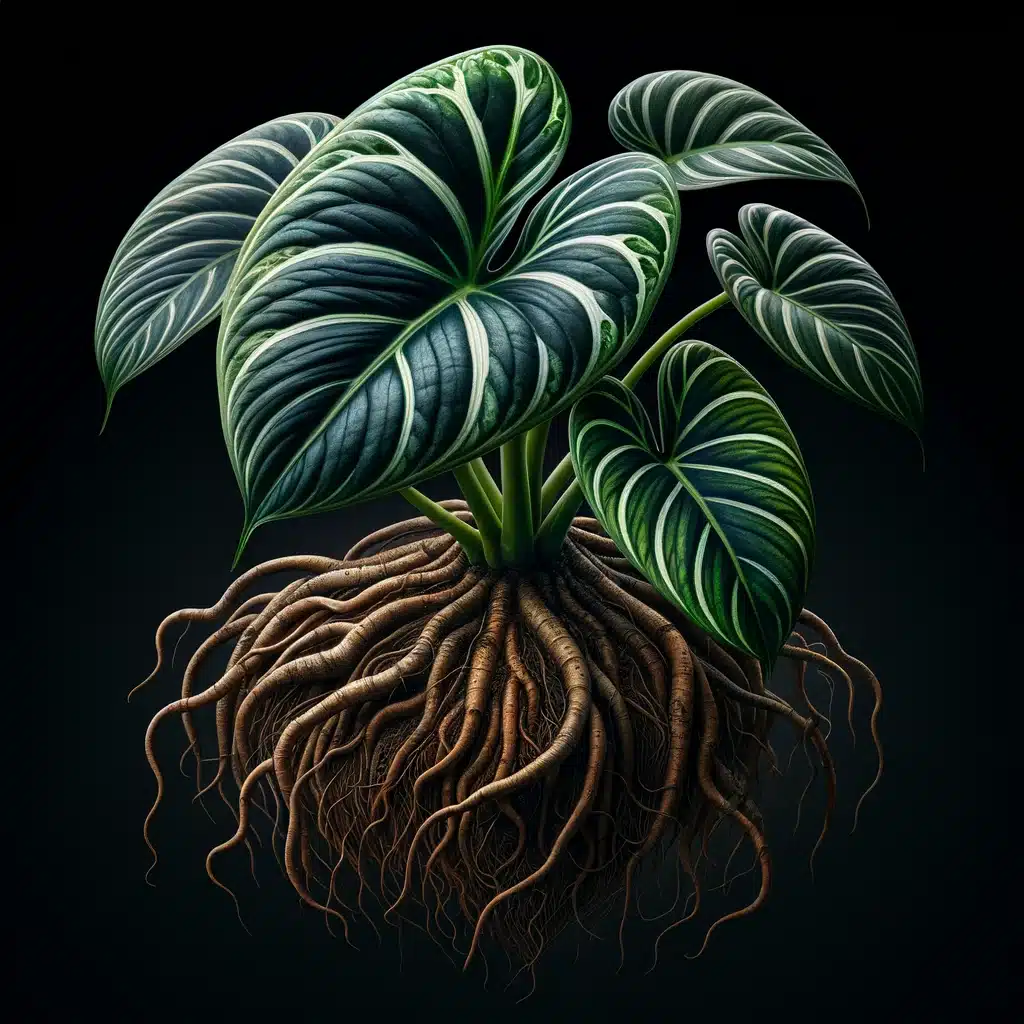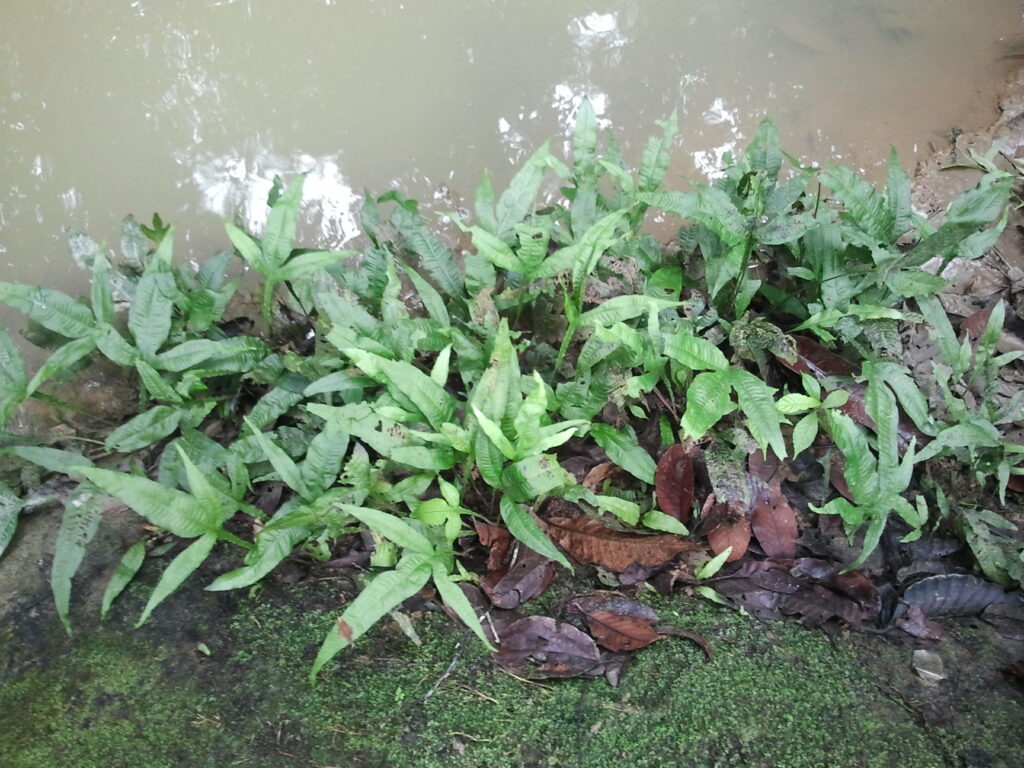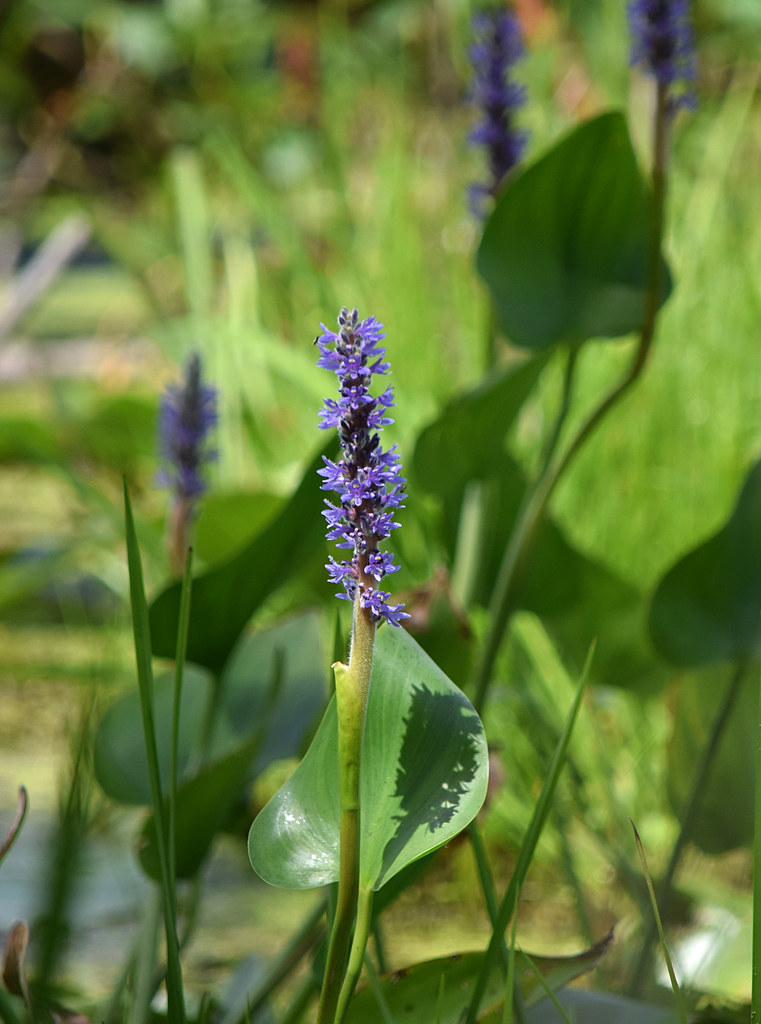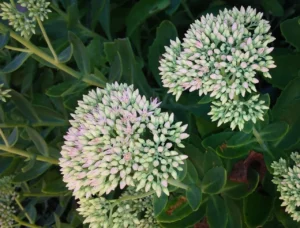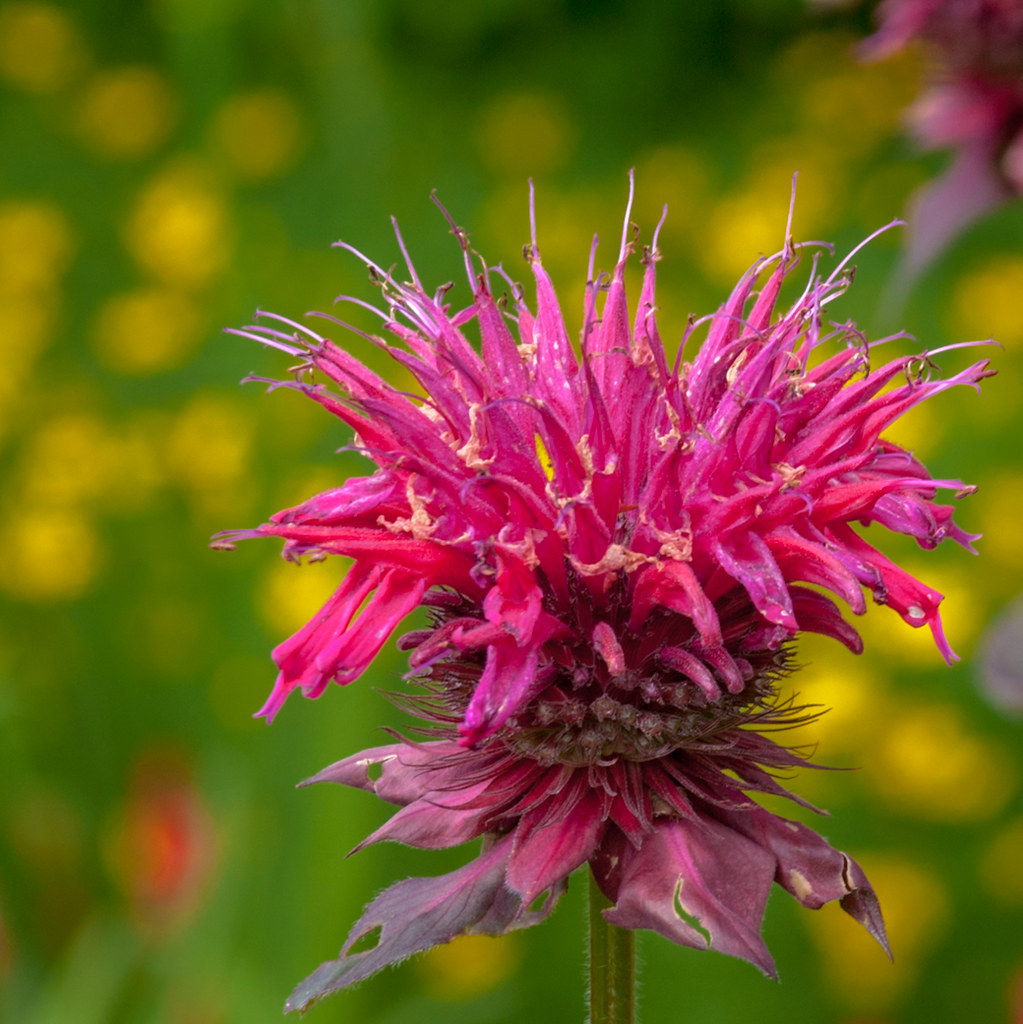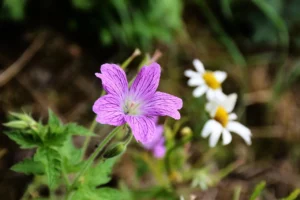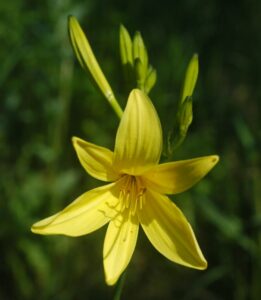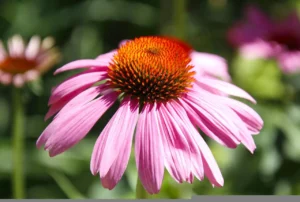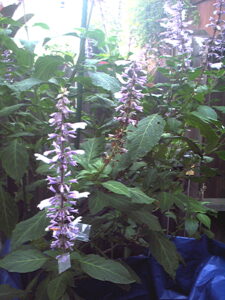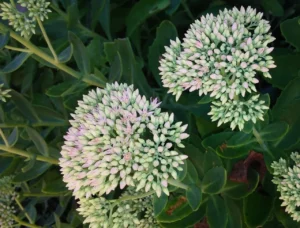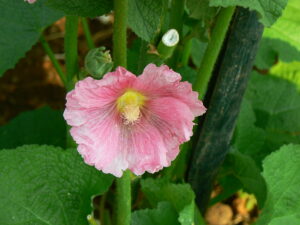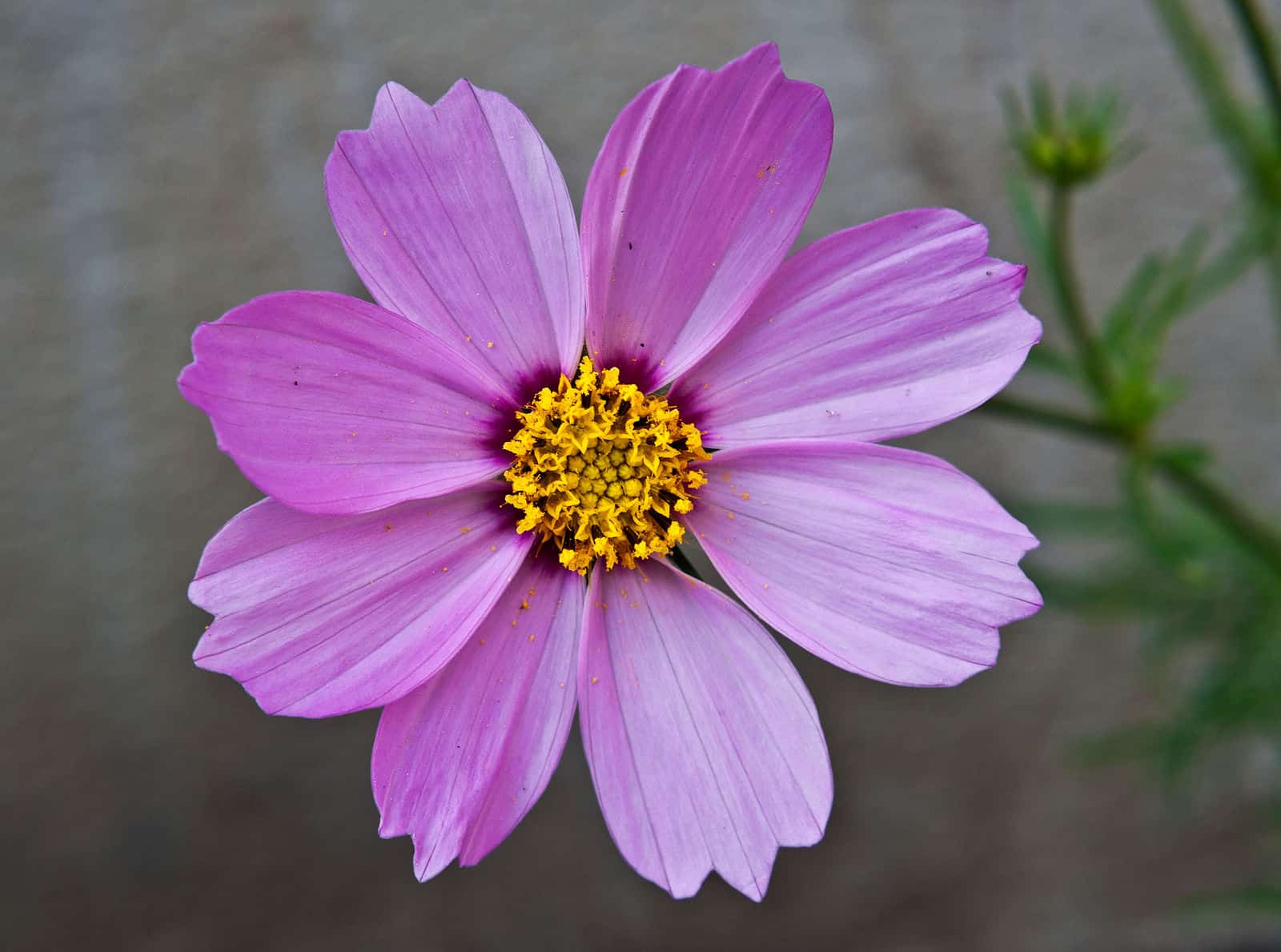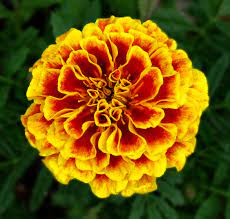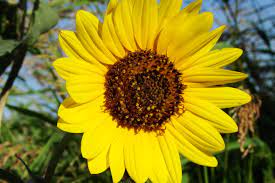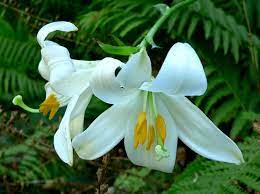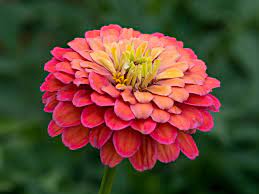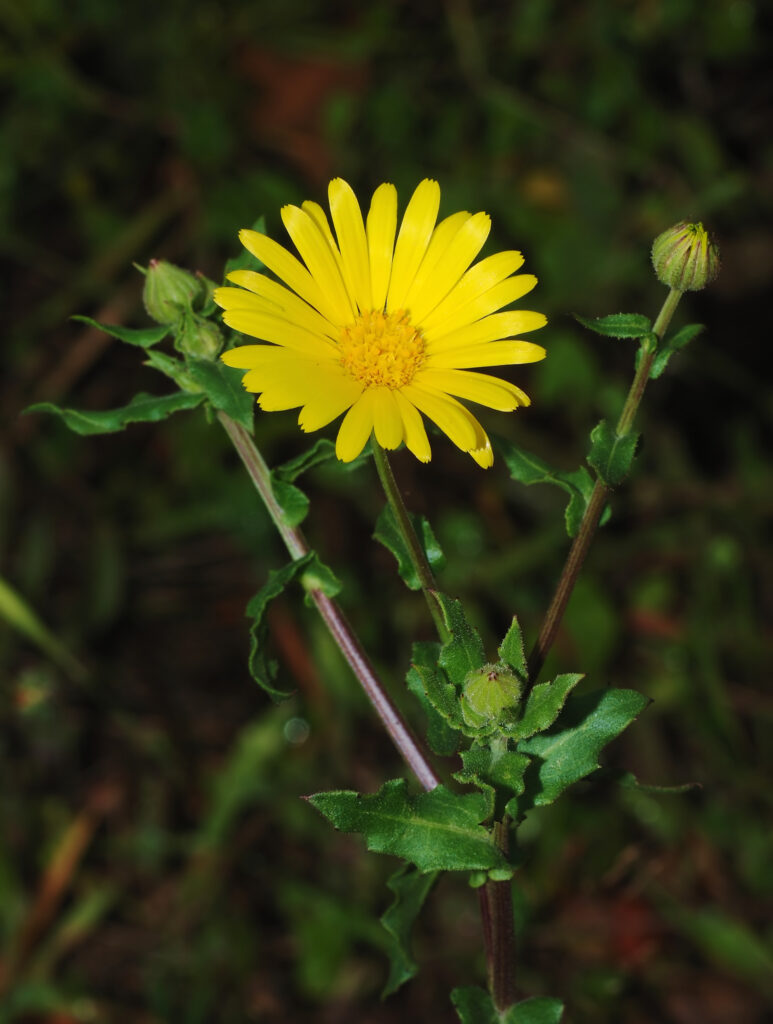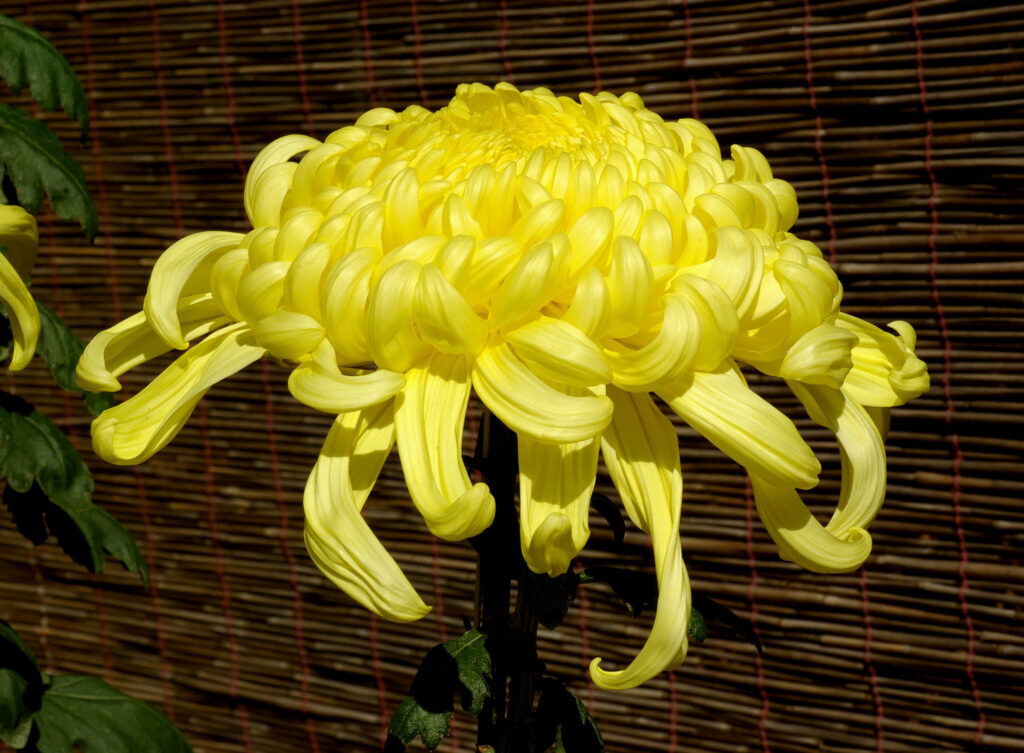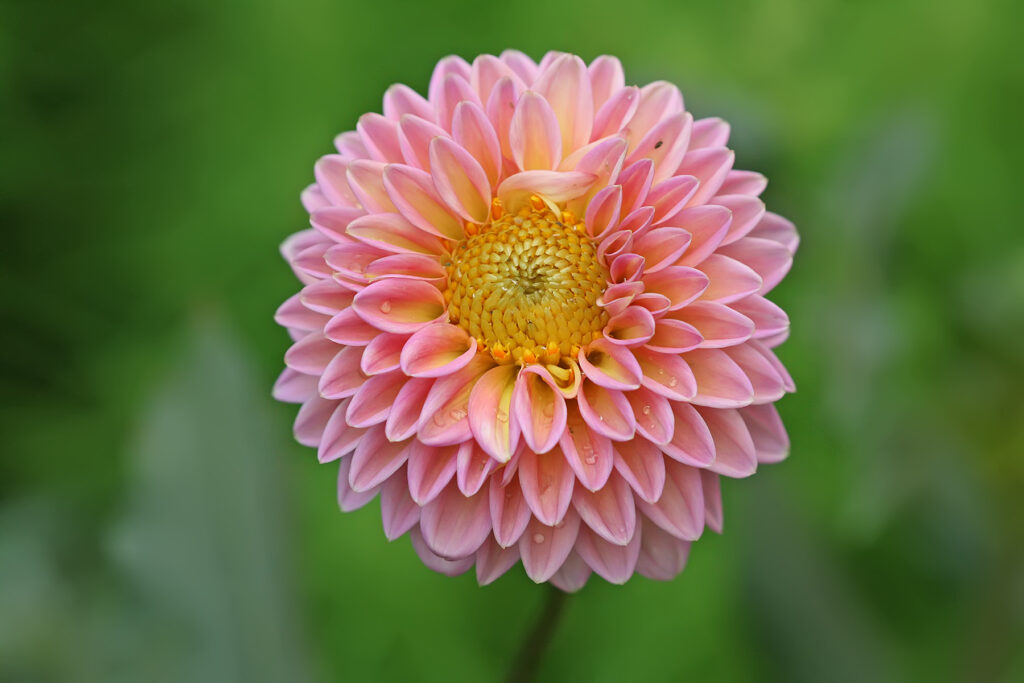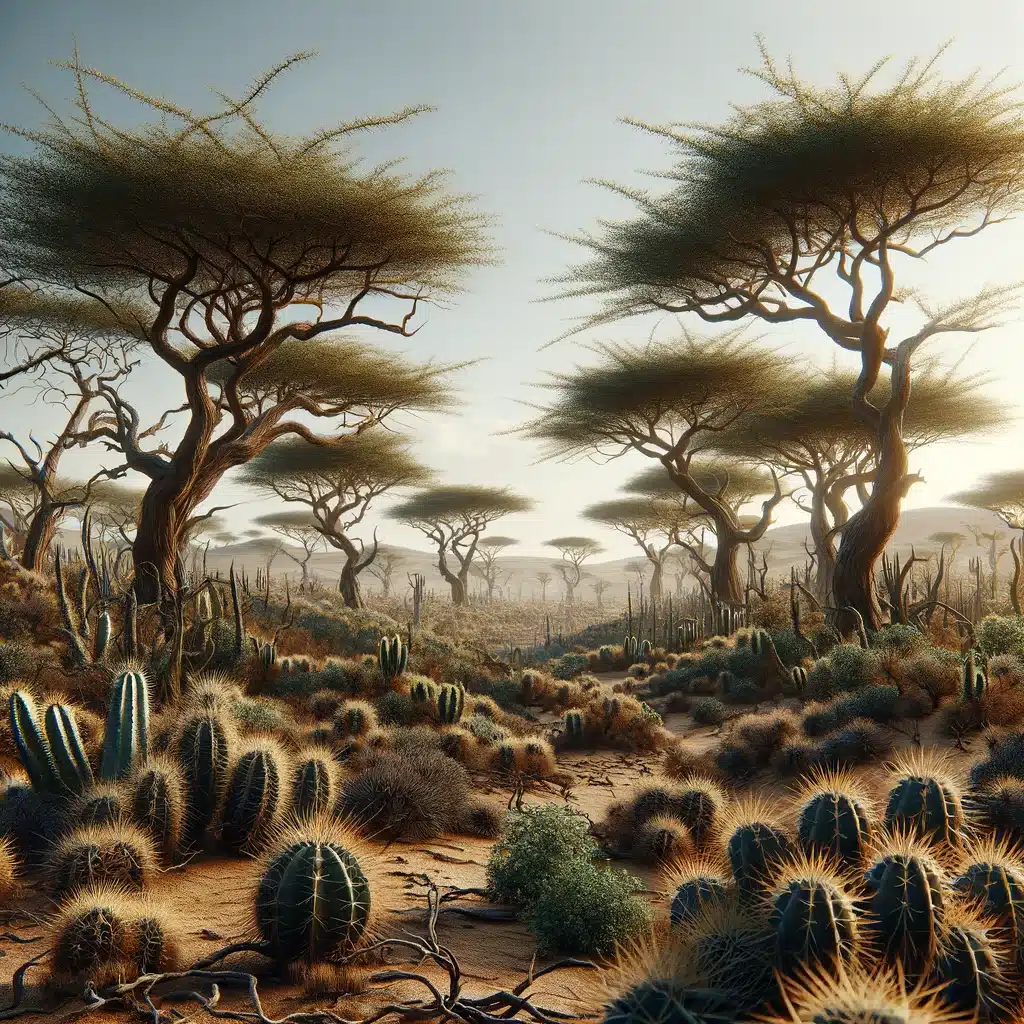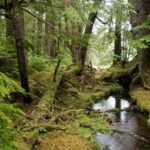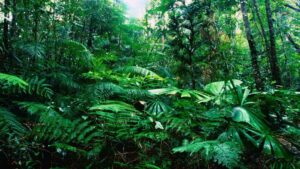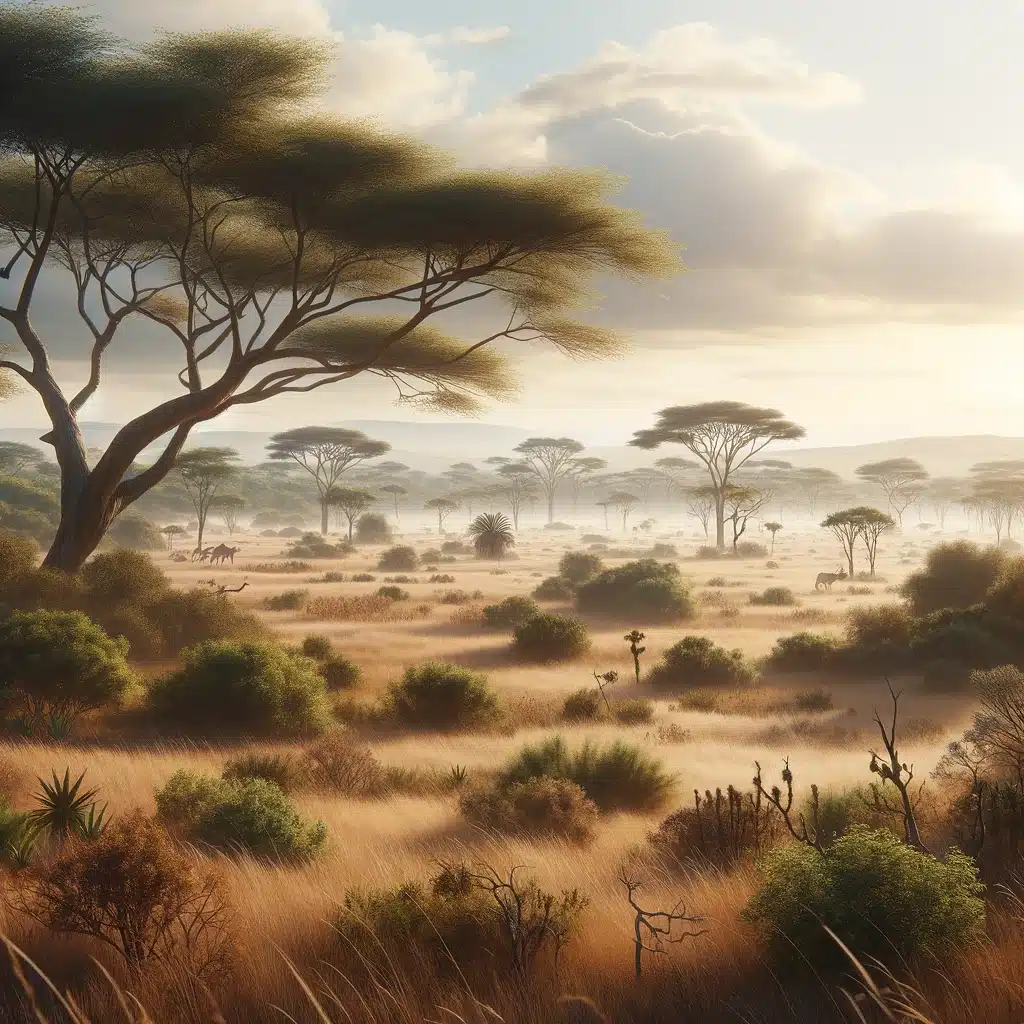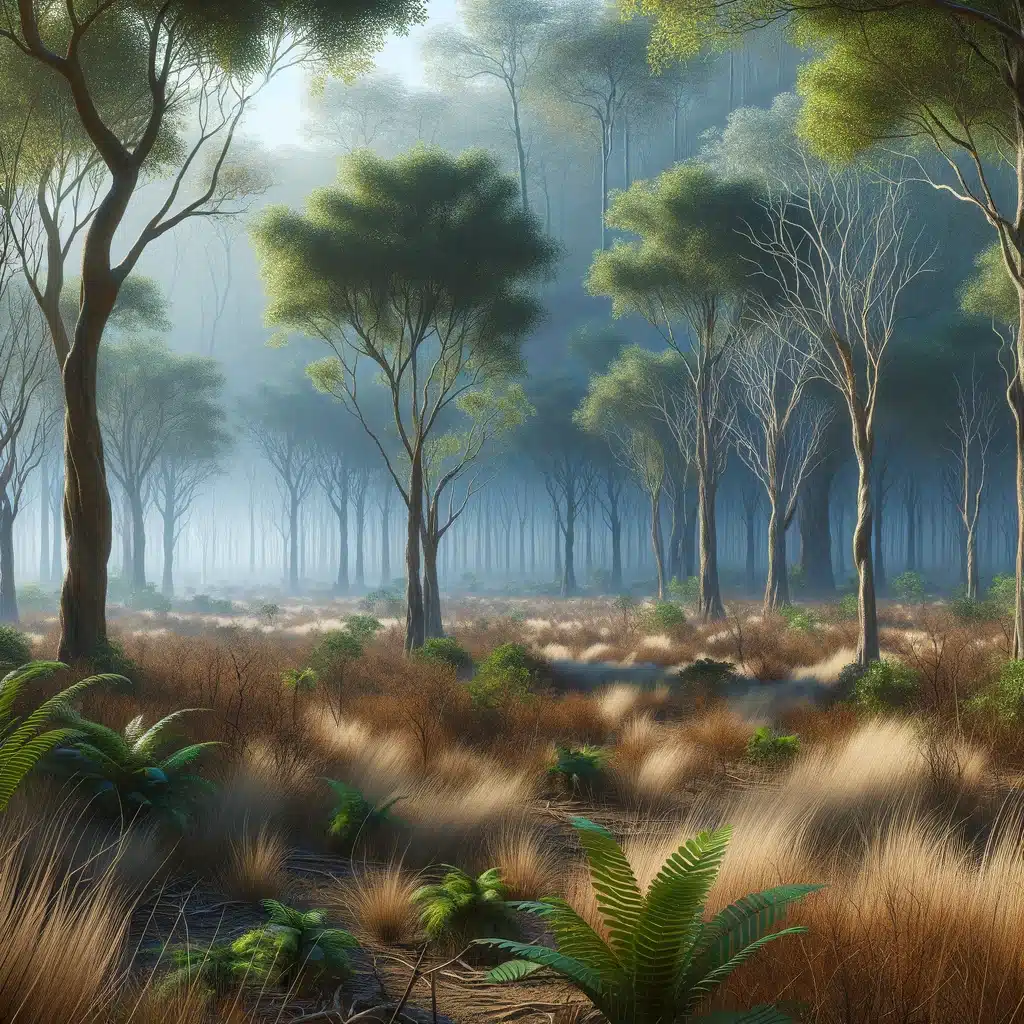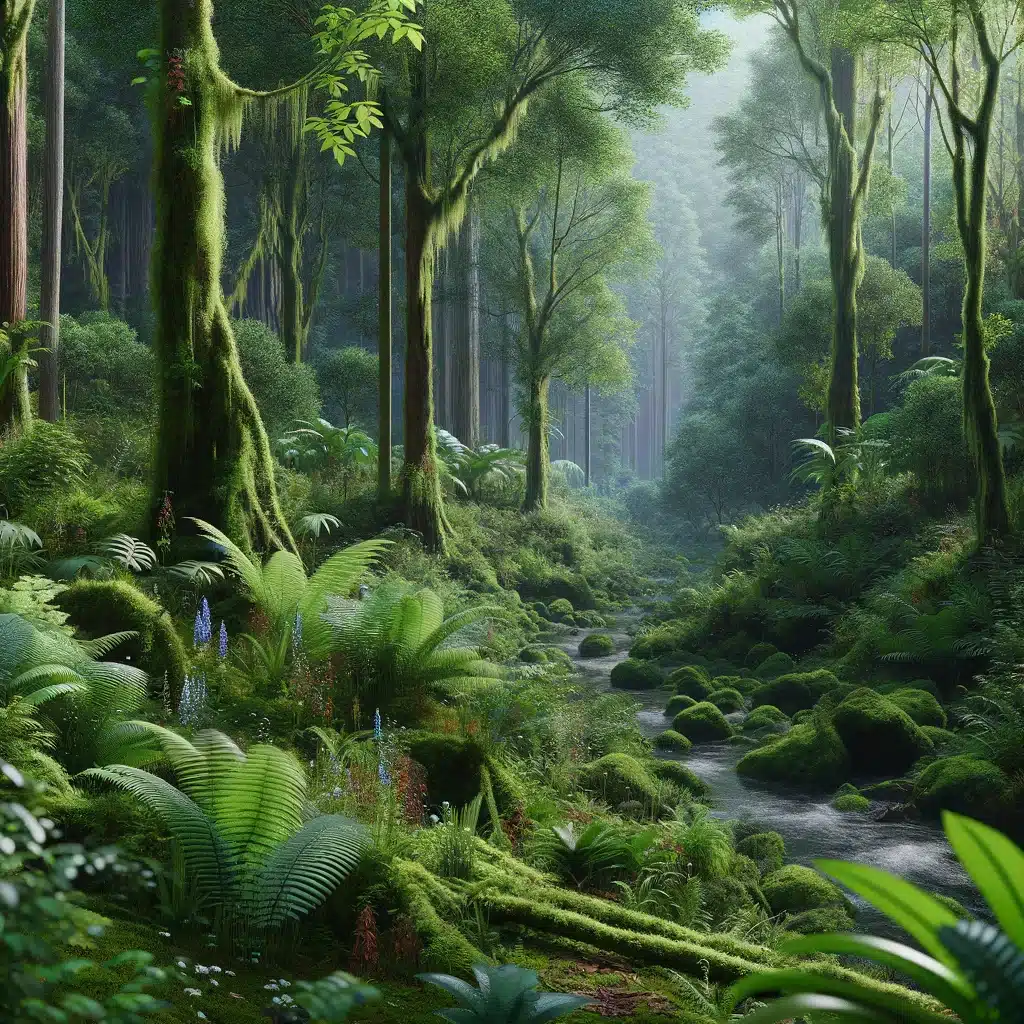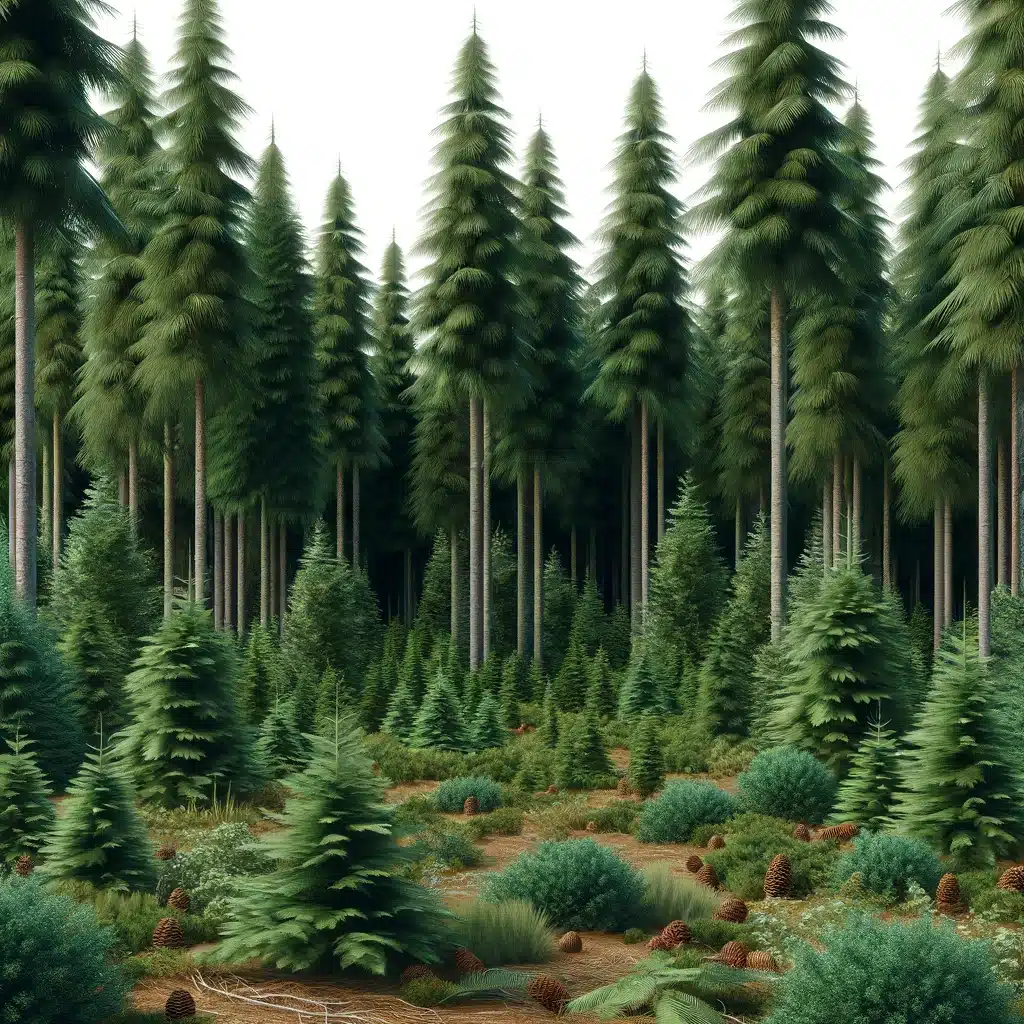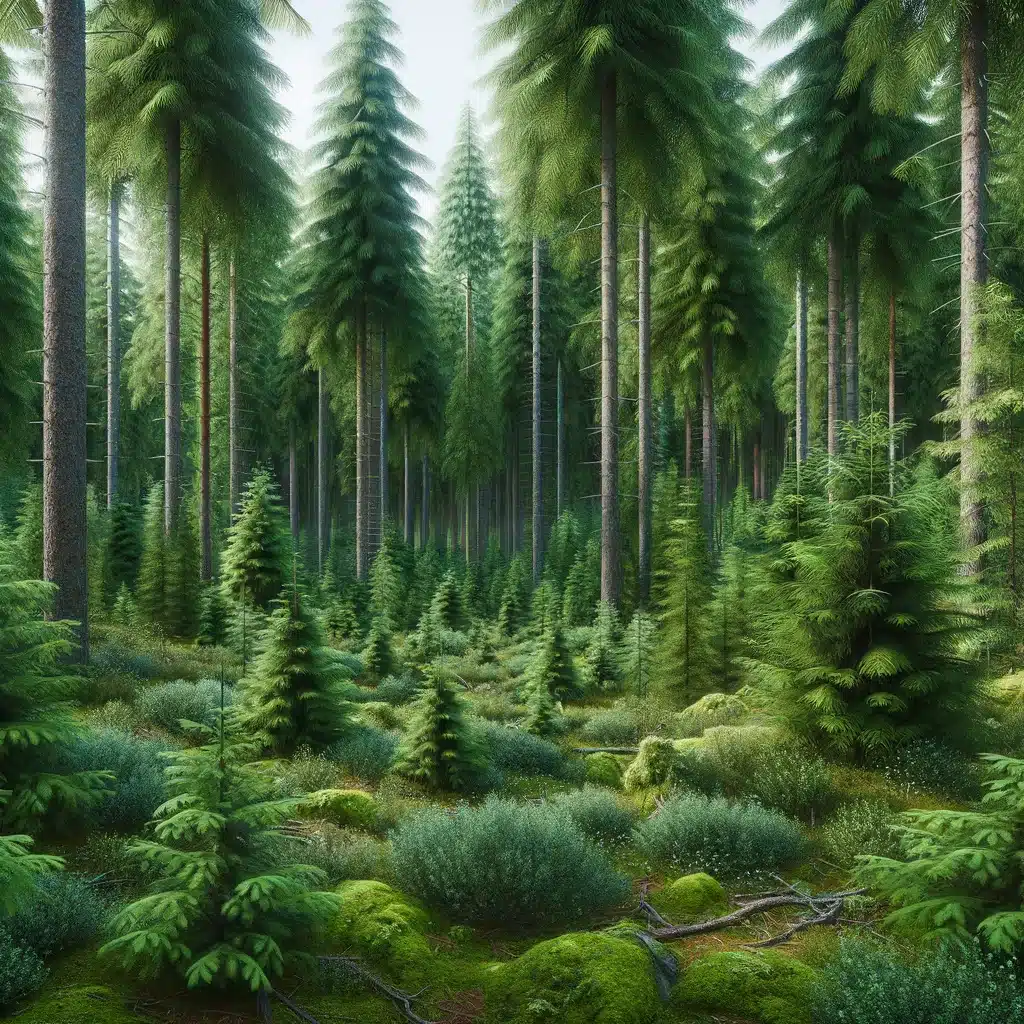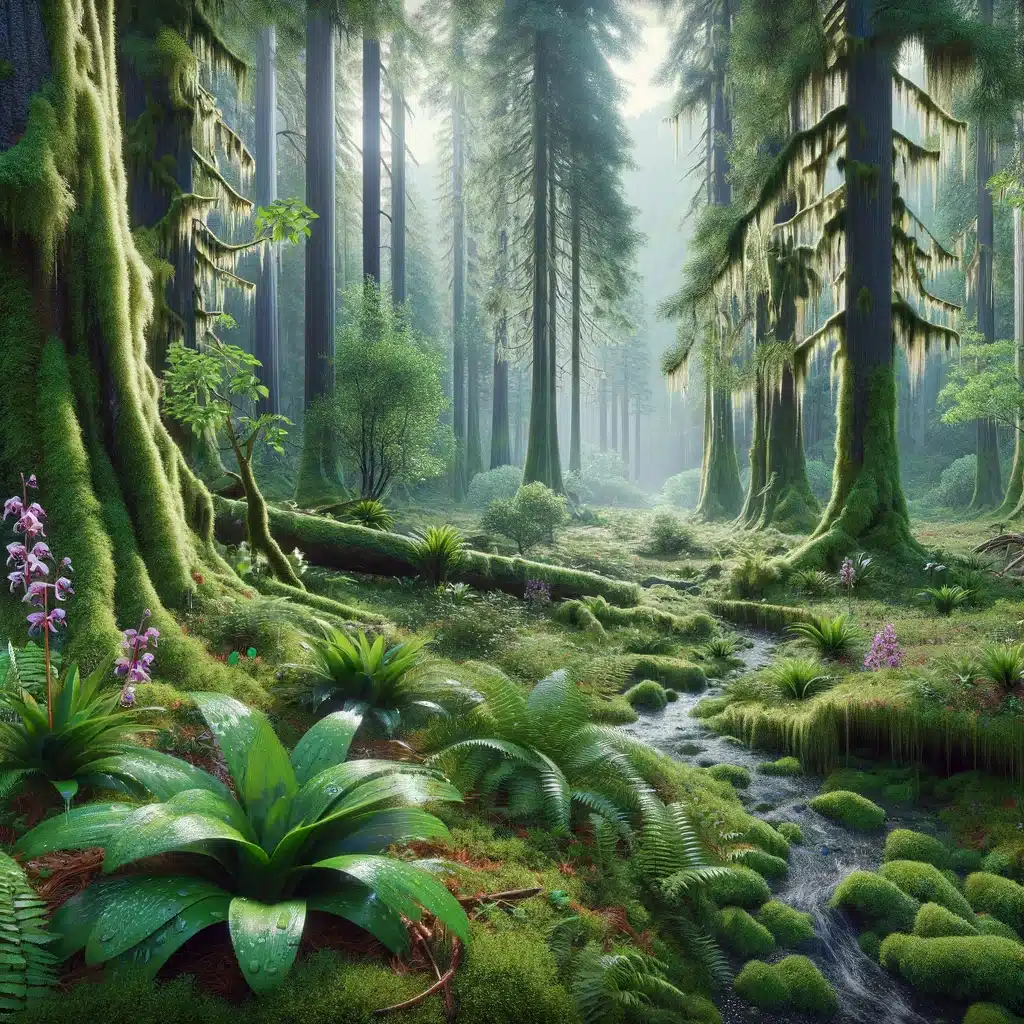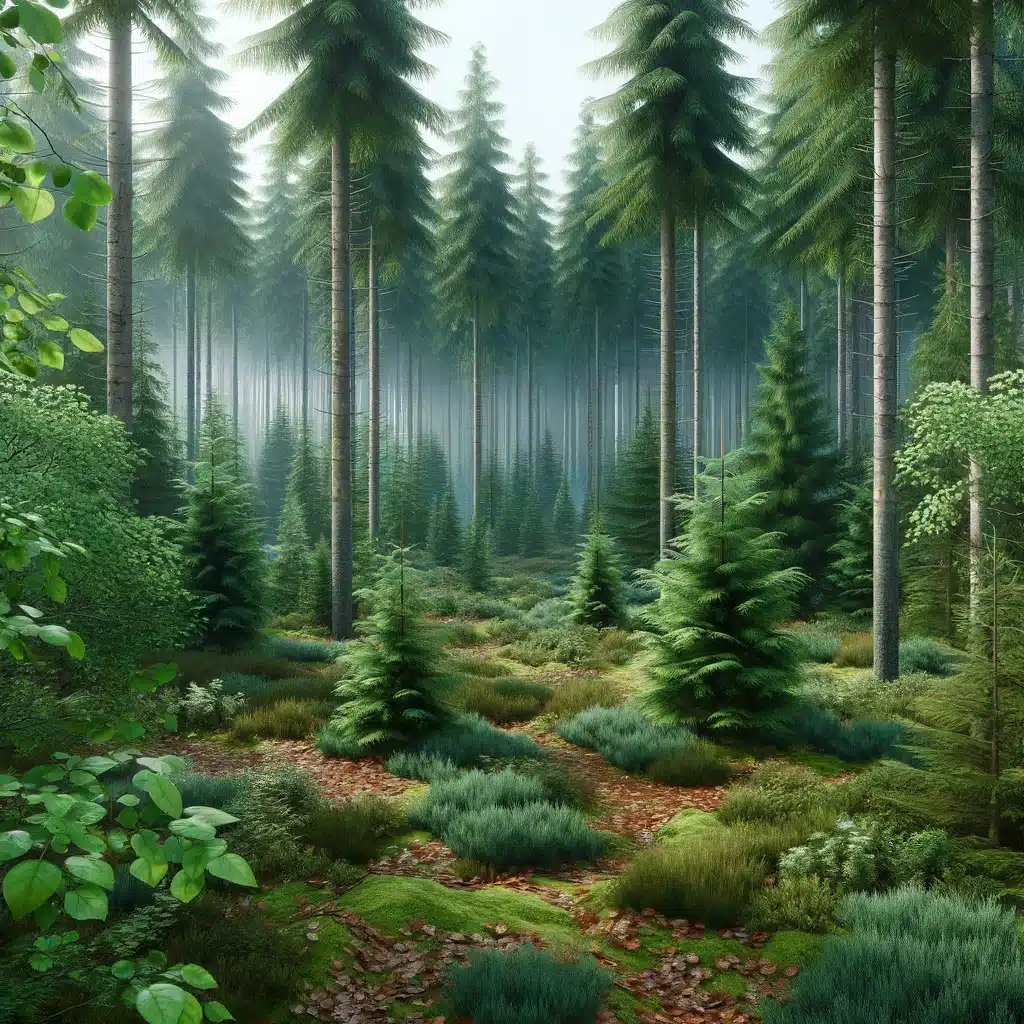Introduction to Bryophytes
Bryophytes are a fascinating group of plants that play a crucial role in our natural ecosystems. They are often referred to as non-vascular plants, as they lack the specialized tissues that transport water and nutrients throughout the plant. Despite this limitation, bryophytes have managed to thrive in diverse habitats around the world, from lush rainforests to barren tundra.
Definition and Characteristics of Bryophytes
Bryophytes encompass a variety of plant species, including mosses, liverworts, and hornworts. These plants are typically small in size, with simple structures that consist of leaf-like structures, stems, and reproductive organs. Unlike vascular plants, bryophytes do not have true roots, stems, or leaves. Instead, they have rhizoids, which are thread-like structures that anchor the plant to its substrate and absorb water and nutrients.
One of the defining characteristics of bryophytes is their life cycle, which alternates between a haploid gametophyte stage and a diploid sporophyte stage. The gametophyte stage is the dominant phase in the life cycle of bryophytes, where the plant produces gametes (sex cells) for reproduction. The sporophyte stage, on the other hand, is dependent on the gametophyte and produces spores that eventually develop into new gametophytes.
Importance of Bryophytes in Nature
Despite their small size and seemingly insignificant presence, bryophytes play a vital role in the natural world. Here are a few reasons why bryophytes are important:
-
Ecological Role: Bryophytes are pioneer plants that colonize bare substrates, such as rocks and soil. Their ability to retain moisture and nutrients helps create a suitable environment for other plant species to establish themselves. They also act as a natural sponge, absorbing and retaining water, which helps prevent soil erosion.
-
Biodiversity: Bryophytes contribute significantly to overall biodiversity. They provide habitat and food sources for a wide range of organisms, including insects, snails, and small mammals. Some bryophytes also form symbiotic relationships with fungi, creating unique microhabitats within their structures.
-
Carbon Storage: Bryophytes have the ability to sequester carbon dioxide from the atmosphere and store it in their tissues. This helps mitigate climate change by reducing greenhouse gas levels.
-
Medicinal Potential: Many bryophytes have been used in traditional medicine for centuries. They contain bioactive compounds that have shown potential in treating various ailments, including liver disorders, inflammation, and microbial infections.
In conclusion, bryophytes may be small and often overlooked, but their ecological importance cannot be understated. From their role in ecosystem establishment to their potential medicinal properties, these non-vascular plants are a fascinating group that deserves our attention and conservation efforts. In the following sections, we will delve deeper into the different types of bryophytes and explore their unique characteristics and adaptations.
Why are Bryophytes Short?
Bryophytes, which include mosses, liverworts, and hornworts, are fascinating plants that exhibit unique characteristics. One notable feature of bryophytes is their short stature. In this section, we will explore the reasons behind their compact size and understand how it relates to their adaptations for survival in damp environments and the absence of vascular tissue.
Adaptations for survival in damp environments
Bryophytes are non-vascular plants, meaning they lack specialized tissues for transporting water and nutrients throughout their bodies. Instead, they rely on direct absorption from their surroundings. This adaptation allows them to thrive in moist environments such as forests, swamps, and damp soil.
To maximize their water absorption, bryophytes have evolved specific adaptations. One such adaptation is their leaf-like structures called “phyllids.” These phyllids have a large surface area, which helps in capturing water from the surrounding air. Additionally, bryophytes possess rhizoids, which are thread-like structures that anchor them to the substrate and aid in water absorption.
The ability to absorb water directly from the environment is advantageous in damp habitats. However, it also poses challenges when it comes to obtaining sufficient nutrients. Since bryophytes lack a vascular system, they cannot transport nutrients efficiently throughout their bodies. As a result, they must rely on diffusion to obtain essential minerals from the surrounding environment. This limited nutrient uptake contributes to their small size.
Lack of vascular tissue and its impact on plant height
Vascular plants, such as trees and flowering plants, have specialized tissues called xylem and phloem that enable them to transport water, nutrients, and sugars efficiently. This vascular system allows these plants to grow tall and develop complex structures.
In contrast, bryophytes lack these vascular tissues, which severely limits their ability to grow vertically. Without the support and transport system provided by xylem and phloem, bryophytes are unable to distribute water and nutrients effectively to their upper parts. As a result, their growth is restricted, leading to their characteristic short stature.
However, the lack of height does not hinder bryophytes’ ability to thrive in their environments. In fact, their small size offers advantages in terms of water conservation and resistance to harsh conditions. By staying close to the ground, bryophytes can minimize water loss through evaporation and better withstand droughts.
Moreover, their compact structure allows them to efficiently absorb and retain moisture, which is crucial for their survival in damp environments. The short height also reduces the risk of damage from strong winds and helps bryophytes avoid excessive exposure to sunlight, which could lead to desiccation.
In conclusion, the short stature of bryophytes is a result of their adaptations for survival in damp environments and the absence of vascular tissue. While they may not reach towering heights like their vascular plant counterparts, bryophytes have evolved unique strategies to thrive in their habitats. Their compact size enables them to efficiently absorb water and nutrients, conserve moisture, and withstand challenging conditions.
Photoperiodism in Plants
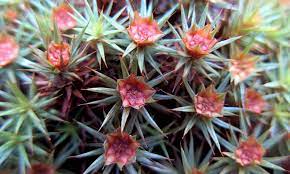
Photoperiodism is a fascinating phenomenon observed in plants, where their growth and development are influenced by the duration of light and darkness they are exposed to. In simple terms, it refers to how plants respond to changes in the length of daylight and darkness. Let’s explore the definition and explanation of photoperiodism, as well as its role in the life cycle of bryophytes.
Definition and Explanation of Photoperiodism
Photoperiodism is the physiological response of plants to the relative lengths of day and night. It plays a crucial role in regulating various plant processes, such as flowering, seed germination, and even the growth of certain plant organs. This response is primarily controlled by a pigment called phytochrome, which is sensitive to light.
Plants have evolved different strategies to adapt to their surrounding environments, and photoperiodism is one such adaptation. By sensing the duration of light and darkness, plants can determine the time of year and adjust their growth and reproductive processes accordingly.
Role of Photoperiodism in the Life Cycle of Bryophytes
Bryophytes, which include mosses, liverworts, and hornworts, are non-vascular plants that belong to the division Bryophyta. These plants have unique characteristics and life cycles that are influenced by photoperiodism.
Mosses
Mosses are one of the most common examples of bryophytes. They have a life cycle that alternates between a haploid gametophyte stage and a diploid sporophyte stage. Photoperiodism plays a crucial role in the development and timing of these stages.
During the gametophyte stage, mosses produce male and female reproductive structures called gametangia. The development and maturation of these structures are regulated by photoperiodism. For example, certain species of mosses require specific day lengths to initiate the production of gametangia.
Once the gametangia are mature, they release sperm and eggs, which fuse to form a diploid zygote. This zygote develops into a sporophyte, which remains attached to the gametophyte. The growth and development of the sporophyte are also influenced by photoperiodism.
Liverworts
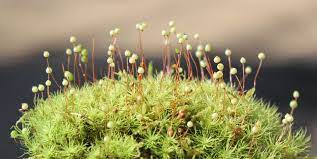

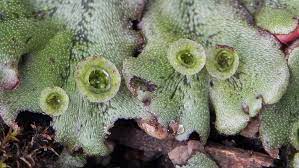
Liverworts, another group of bryophytes, also exhibit photoperiodic responses in their life cycle. Similar to mosses, liverworts have a distinct alternation of generations between a gametophyte and sporophyte stage.
During the gametophyte stage, liverworts produce structures called gemmae cups, which contain gemmae. These gemmae are small, multicellular structures that can develop into new liverwort plants. The formation and release of gemmae are regulated by photoperiodism.
In some liverwort species, the sporophyte stage is also influenced by photoperiodism. The timing of sporophyte development and the release of spores are controlled by the duration of light and darkness.
Hornworts
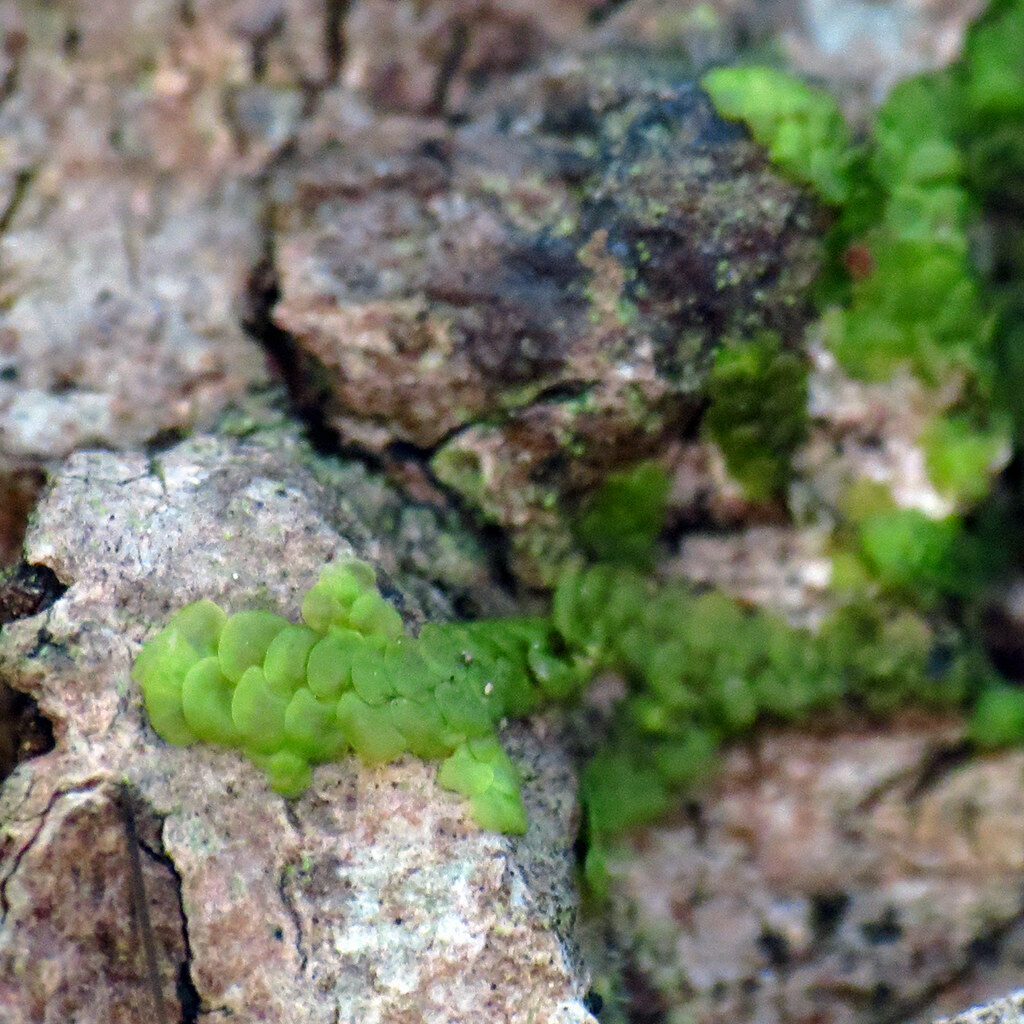
Hornworts, the third group of bryophytes, also demonstrate photoperiodic responses. They have a unique sporophyte structure that resembles a horn, giving them their name. The growth and development of the horn-like sporophyte are influenced by photoperiodism.
Photoperiodism regulates the timing of sporophyte development in hornworts. The sporophyte remains attached to the gametophyte and releases spores when it reaches maturity. The duration of light and darkness plays a crucial role in determining when the sporophyte develops and releases spores.
In conclusion, photoperiodism is a fascinating phenomenon observed in plants, including bryophytes such as mosses, liverworts, and hornworts. It influences various aspects of their life cycle, including the development and timing of reproductive structures, sporophyte growth, and spore release. By understanding the role of photoperiodism in bryophytes, we can gain insights into the intricate adaptations of these remarkable non-vascular plants.
Reproduction in Bryophytes
Bryophytes, which include mosses, liverworts, and hornworts, are fascinating non-vascular plants that have unique reproductive strategies. In this section, we will explore the various aspects of reproduction in bryophytes, including the need for water, spore production and dispersal, and the differentiation between asexual and sexual reproduction.
Need for water in bryophyte reproduction
Unlike vascular plants, bryophytes rely on water for their reproductive processes. This dependence on water is due to the fact that bryophytes lack specialized tissues for the transport of water and nutrients. Water plays a crucial role in the fertilization of bryophytes, as it enables the movement of sperm to the egg.
In the case of mosses, the male reproductive structures, known as antheridia, produce sperm cells that require water for mobility. When raindrops or dew come into contact with the antheridia, they release the sperm, which then swim through a film of water to reach the female reproductive structures, called archegonia. This process, known as water-dependent fertilization, ensures the successful fusion of gametes and the subsequent development of sporophytes.
Similarly, liverworts and hornworts also rely on water for their reproductive processes. In liverworts, water helps in the dispersal of spores, while in hornworts, it aids in the movement of sperm to the egg.
Explanation of spore production and dispersal
Spore production is a key aspect of bryophyte reproduction. Spores are tiny, single-celled structures that serve as the means of dispersal for bryophytes. They are produced within the sporophyte, which is the diploid phase of the bryophyte life cycle.
In mosses, spores are produced within a capsule located at the top of the sporophyte. When the capsule matures, it undergoes a process called sporogenesis, during which spores are formed through meiosis. Once the spores are mature, the capsule opens, allowing the spores to be dispersed by wind or water. This dispersal mechanism ensures the colonization of new habitats by mosses.
Liverworts and hornworts also produce spores within specialized structures. In liverworts, spores are formed within a structure called a sporangium, while in hornworts, they are produced within a sporophyte that resembles a horn. The dispersal of spores in liverworts and hornworts is also facilitated by wind or water.
Differentiation between asexual and sexual reproduction in bryophytes
Bryophytes exhibit both asexual and sexual modes of reproduction. Asexual reproduction allows bryophytes to reproduce without the need for fertilization, while sexual reproduction involves the fusion of gametes to produce offspring.
Asexual reproduction in bryophytes occurs through various mechanisms, including fragmentation, gemmae production, and vegetative propagation. Fragmentation involves the breaking off of a part of the plant, which then grows into a new individual. Gemmae are small, multicellular structures that detach from the parent plant and develop into new individuals. Vegetative propagation involves the growth of new individuals from specialized structures, such as rhizoids or branches.
On the other hand, sexual reproduction in bryophytes involves the fusion of male and female gametes. The male gametes, or sperm, are produced within the antheridia, while the female gametes, or eggs, are produced within the archegonia. When water is present, the sperm swim to the archegonia, where fertilization takes place. This results in the formation of a zygote, which develops into a sporophyte.
In conclusion, bryophytes have fascinating reproductive strategies that are adapted to their non-vascular nature. Their dependence on water, spore production and dispersal, and the differentiation between asexual and sexual reproduction all contribute to the survival and diversity of these unique plants. Understanding the intricacies of bryophyte reproduction allows us to appreciate the complexity and beauty of the plant kingdom.
Bryophytes vs. Other Plants
Bryophytes are a fascinating group of plants that differ from vascular plants in several ways. Let’s explore the key differences in their characteristics, reproductive strategies, and adaptations to land.
Comparison of Bryophytes with Vascular Plants
Bryophytes, which include mosses, liverworts, and hornworts, are non-vascular plants. On the other hand, vascular plants, such as ferns, gymnosperms, and angiosperms, have specialized tissues for conducting water and nutrients throughout their structures. This fundamental difference in vascularization sets bryophytes apart from other plants.
While vascular plants have true roots, stems, and leaves, bryophytes lack these specialized structures. Instead, they have rhizoids, which are thread-like structures that anchor the plant to the substrate and absorb water and nutrients. This absence of true roots and vascular tissues limits the size that bryophytes can attain compared to vascular plants.
Another significant distinction lies in their life cycles. Vascular plants have a dominant sporophyte generation, which produces spores that develop into a separate gametophyte generation. In contrast, bryophytes have a dominant gametophyte generation, with the sporophyte being dependent on the gametophyte for nutrition. This reversal of dominance between generations is a unique characteristic of bryophytes.
Differences in Reproductive Strategies and Adaptations to Land
Reproductive strategies also differ between bryophytes and vascular plants. Vascular plants have well-developed structures for reproduction, such as flowers, cones, and seeds. These adaptations allow for efficient pollination and dispersal of offspring. In contrast, bryophytes rely on water for reproduction since they lack specialized structures for efficient dispersal.
Bryophytes produce spores that require a moist environment to germinate. The spores are released from the sporophyte and, upon landing in a suitable habitat, develop into a gametophyte. The gametophyte produces male and female reproductive structures called antheridia and archegonia, respectively. Water is necessary for the sperm to swim to the egg for fertilization to occur.
Adaptations to land are another area where bryophytes and vascular plants differ. Vascular plants have evolved various adaptations to thrive on land, such as the development of roots for anchorage and absorption of water and nutrients from the soil. They also have specialized tissues, such as xylem and phloem, for efficient transport of water, minerals, and sugars.
In contrast, bryophytes have adapted to land in different ways. Their small size and lack of vascular tissues make them highly dependent on moist environments. They can absorb water directly through their surfaces, and their rhizoids aid in anchoring them to the substrate. Some bryophytes, like mosses, can also tolerate desiccation and resume growth when water becomes available again.
In conclusion, bryophytes differ from vascular plants in terms of their vascularization, life cycles, reproductive strategies, and adaptations to land. Understanding these distinctions helps us appreciate the unique characteristics and ecological roles of bryophytes in the plant kingdom.
Examples of Bryophyte Plants
Bryophytes are a diverse group of plants that include mosses, liverworts, and hornworts. These non-vascular plants have unique characteristics and adaptations that allow them to thrive in various environments. Let’s explore some examples of bryophyte plants:
Mosses
Mosses are perhaps the most well-known and abundant group of bryophytes. They can be found in a wide range of habitats, from damp forests to arid deserts. Mosses are characterized by their small, leafy structures called gametophytes, which are the dominant phase of their life cycle.
One example of a moss species is the Polytrichum commune, also known as the common haircap moss. This species forms dense, green carpets in forests and is often found in shaded areas. Another example is the Sphagnum moss, which is commonly found in wetlands and bogs. Sphagnum mosses have unique water-holding capabilities and play a crucial role in maintaining the water balance of these ecosystems.
Other Bryophytes
Apart from mosses, there are two other groups of bryophytes: liverworts and hornworts. While they may not be as well-known as mosses, liverworts and hornworts are equally fascinating.
Liverworts, as the name suggests, have a liver-like appearance. They come in various shapes and sizes, ranging from thalloid liverworts with flat, lobed bodies to leafy liverworts with tiny leaves. One example of a liverwort species is Marchantia polymorpha, commonly known as the common liverwort. It can be found in moist areas such as gardens, lawns, and damp soil.
Hornworts, on the other hand, have elongated, horn-shaped structures. They are often found in damp environments such as stream banks and wet rocks. One example of a hornwort species is Anthoceros punctatus, which has a worldwide distribution. Hornworts have a unique symbiotic relationship with cyanobacteria, which help fix nitrogen from the atmosphere and provide nutrients to the plant.
In conclusion, bryophytes encompass a diverse group of plants, including mosses, liverworts, and hornworts. Each of these groups has its own unique characteristics and adaptations that allow them to thrive in different environments. By understanding these examples of bryophyte plants, we can appreciate the beauty and importance of these fascinating non-vascular plants.
Distribution of Bryophytes
Bryophytes, which include mosses, liverworts, and hornworts, are a diverse group of non-vascular plants that can be found in various habitats around the world. These plants have unique characteristics and adaptations that allow them to thrive in different environments. Let’s explore some of the habitats where bryophytes are found and examples of regions and ecosystems where they thrive.
Habitats where bryophytes are found
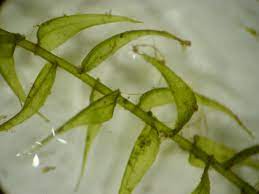
Bryophytes can be found in a wide range of habitats, from moist forests to arid deserts. These plants are particularly abundant in areas with high humidity and ample moisture. One of the key reasons for their preference for moist environments is their lack of vascular tissue, which limits their ability to transport water and nutrients. Therefore, they rely on direct absorption from their surroundings.
Here are some common habitats where bryophytes are found:
-
Forests: Bryophytes are often found in forests, where they can be seen covering the forest floor, tree trunks, and rocks. The dense canopy of trees provides shade and helps maintain a moist environment, which is ideal for bryophyte growth.
-
Wetlands: Wetlands, such as marshes, swamps, and bogs, are rich in moisture and provide a suitable habitat for bryophytes. These plants can be found growing on the surface of water bodies or in saturated soils.
-
Rocky areas: Bryophytes are well-adapted to colonize rocky surfaces, including cliffs, boulders, and rock crevices. They can withstand harsh conditions such as extreme temperatures and limited soil availability.
-
Tundra: In cold regions, bryophytes can be found in tundra ecosystems. These plants play a crucial role in the tundra’s ecosystem by providing ground cover and helping to retain moisture.
Examples of regions and ecosystems where bryophytes thrive
Bryophytes are distributed worldwide, and their presence can be observed in various regions and ecosystems. Here are a few examples:
-
Tropical Rainforests: The lush and humid environment of tropical rainforests provides an ideal habitat for bryophytes. These plants can be found growing on tree trunks, branches, and forest floors, contributing to the overall biodiversity of these ecosystems.
-
Temperate Forests: Bryophytes are also abundant in temperate forests, which experience moderate temperatures and rainfall. These plants play a vital role in nutrient cycling and soil formation in these ecosystems.
-
Arctic and Antarctic Regions: Despite the extreme cold and harsh conditions, bryophytes can be found in Arctic and Antarctic regions. They are often found in moss banks, forming extensive carpets of green in these polar environments.
-
Alpine Meadows: Bryophytes are well-suited to alpine environments, where they can be found in meadows, alongside other alpine plants. These plants help stabilize the soil and provide habitat for small organisms.
In conclusion, bryophytes are versatile plants that can adapt to a wide range of habitats. Their ability to thrive in diverse environments, from forests to deserts, makes them an essential component of many ecosystems. Understanding the distribution of bryophytes helps us appreciate their ecological significance and the role they play in maintaining the health of our planet.
Evolution of Bryophytes
Bryophytes, which include mosses, liverworts, and hornworts, are fascinating plants that have evolved over millions of years. They belong to a group of non-vascular plants, which means they lack specialized tissues for transporting water and nutrients. Despite this limitation, bryophytes have managed to adapt and thrive in a variety of terrestrial environments. In this section, we will explore the evolution of bryophytes and their remarkable adaptations.
Overview of Bryophyte Evolution
The evolution of bryophytes can be traced back to around 470 million years ago, during the Ordovician period. Fossil records indicate that bryophytes were among the earliest land plants to appear on Earth. These ancient plants played a crucial role in paving the way for the colonization of terrestrial habitats by other plant groups.
Bryophytes are believed to have evolved from green algae, which are aquatic organisms. This transition from water to land posed several challenges for early bryophytes. One of the key obstacles was the need to develop structures that could prevent water loss and provide support in a dry environment. Over time, bryophytes developed a range of adaptations to overcome these challenges.
Adaptations to Terrestrial Environments

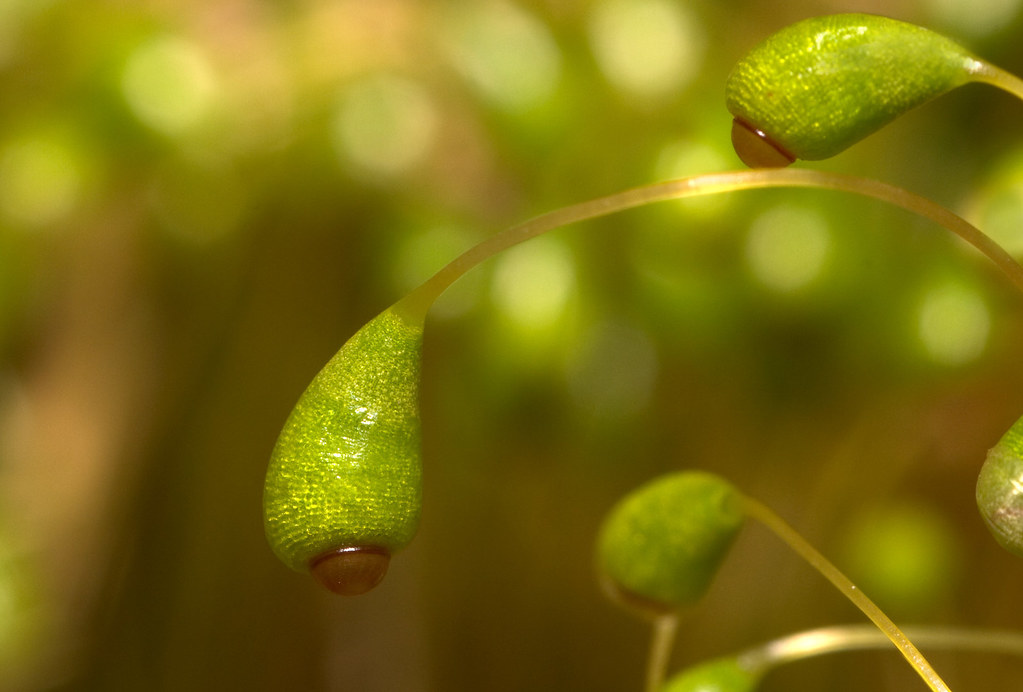
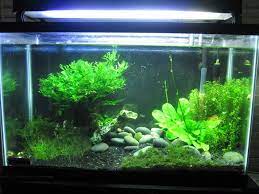
One of the most notable adaptations of bryophytes is their ability to retain water. Unlike vascular plants, which have specialized tissues for water transport, bryophytes rely on their ability to absorb water directly through their cells. This adaptation allows them to survive in habitats with limited water availability, such as deserts and rocky terrains.
Another adaptation of bryophytes is their unique reproductive strategy. Bryophytes have a life cycle that alternates between a haploid gametophyte stage and a diploid sporophyte stage. The gametophyte stage is the dominant phase in bryophytes, and it is during this stage that sexual reproduction takes place. The sporophyte stage, on the other hand, is dependent on the gametophyte for nutrition and eventually releases spores for dispersal.
The ability of bryophytes to reproduce using spores is advantageous in terrestrial environments. Spores are lightweight and can be easily dispersed by wind or water, allowing bryophytes to colonize new areas. This reproductive strategy also helps bryophytes adapt to changing environmental conditions, as spores can remain dormant until favorable conditions for growth arise.
Furthermore, bryophytes have developed various structural adaptations to cope with their terrestrial lifestyle. For example, mosses have rhizoids, which are thread-like structures that anchor the plants to the substrate and absorb water and nutrients. Liverworts, on the other hand, have specialized structures called gemmae cups, which produce gemmae, small reproductive structures that can detach and grow into new plants.
In conclusion, bryophytes have undergone significant evolutionary changes to adapt to terrestrial environments. Their ability to retain water, unique reproductive strategy, and structural adaptations have allowed them to thrive in diverse habitats. Understanding the evolution and adaptations of bryophytes not only provides insights into the history of plant evolution but also highlights the remarkable resilience and adaptability of these ancient plants.
Importance of Bryophytes
Bryophytes, which include mosses, liverworts, and hornworts, are a group of non-vascular plants that play a crucial role in various ecosystems. Despite their small size and inconspicuous appearance, bryophytes have several important functions that contribute to the overall health and stability of their habitats.
Role in soil formation and moisture retention
One of the key contributions of bryophytes is their role in soil formation and moisture retention. These plants have the ability to colonize bare or disturbed areas, such as rocks or tree trunks, where they establish a foothold for other plant species. As bryophytes grow, they trap and retain moisture in their tissues, creating a favorable microenvironment for other organisms.
Bryophytes also aid in soil formation by accumulating organic matter and facilitating the breakdown of rocks and minerals. As they decompose, they release organic acids that help dissolve minerals, contributing to the weathering process. Over time, this weathering action helps break down rocks into smaller particles, creating a layer of soil that can support the growth of other plants.
In addition to soil formation, bryophytes play a crucial role in moisture retention. Their ability to absorb and retain water helps prevent soil erosion by reducing the impact of rainfall on the ground. By acting as a sponge, bryophytes slow down the flow of water, allowing it to infiltrate the soil gradually. This process not only helps maintain soil moisture but also prevents excessive runoff, which can lead to the loss of valuable nutrients.
Nutrient recycling in forest ecosystems
Another important function of bryophytes is their contribution to nutrient recycling in forest ecosystems. Bryophytes have the ability to absorb and accumulate nutrients from their surroundings, including nitrogen, phosphorus, and potassium. As they grow and eventually die, these plants release the stored nutrients back into the environment, making them available for other organisms.
In forest ecosystems, bryophytes often form dense carpets on the forest floor, covering the soil and fallen leaves. This layer of bryophytes acts as a nutrient reservoir, preventing the loss of essential elements through leaching. When the bryophytes decompose, the nutrients they contain are released into the soil, where they can be taken up by tree roots and other plants.
Furthermore, bryophytes contribute to the overall biodiversity of forest ecosystems. They provide a habitat for a wide range of microorganisms, including bacteria, fungi, and invertebrates. These organisms play important roles in nutrient cycling and decomposition processes, further enhancing the health and productivity of the ecosystem.
In conclusion, bryophytes, despite being small and often overlooked, have a significant impact on the environment. Their ability to facilitate soil formation, retain moisture, and recycle nutrients makes them vital components of various ecosystems. By understanding and appreciating the importance of bryophytes, we can better protect and conserve these remarkable plants and the ecosystems they inhabit.
Plant Propagation Methods
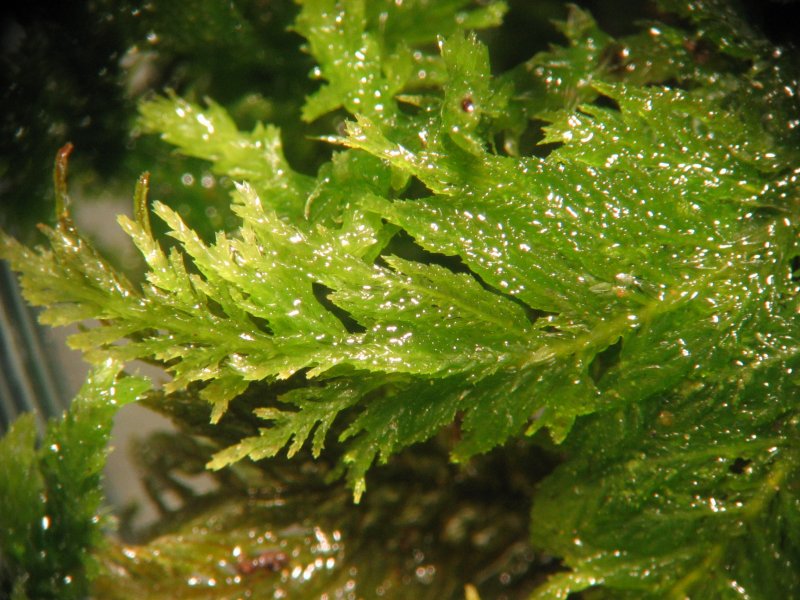
Overview of Plant Propagation Techniques
Plant propagation refers to the process of creating new plants from existing ones. It is an essential practice in gardening, horticulture, and agriculture. There are various methods of plant propagation, each with its own advantages and suitability for different plant species. Let’s explore some of the common techniques used in plant propagation:
-
Seed Propagation: This is the most common method of plant propagation. It involves collecting and sowing seeds in a suitable growing medium. Seed propagation is widely used for a wide range of plants, including bryophytes. However, bryophytes have unique characteristics that make seed propagation less common compared to other plant groups.
-
Vegetative Propagation: This method involves using plant parts other than seeds to create new plants. It can be done through various techniques such as stem cuttings, leaf cuttings, division, layering, and grafting. Vegetative propagation is particularly useful for bryophytes as they often lack true roots and have specialized structures that allow them to reproduce asexually.
-
Spore Propagation: Bryophytes, including mosses, liverworts, and hornworts, reproduce through spores. Spores are tiny, single-celled structures that can develop into new plants under suitable conditions. Spore propagation involves collecting and dispersing spores onto a suitable substrate, such as moist soil or a growing medium. This method is specific to bryophytes and is an important part of their life cycle.
-
Tissue Culture: Tissue culture, also known as micropropagation, is a laboratory-based technique used to propagate plants from small pieces of plant tissue. It involves placing the tissue in a nutrient-rich medium and providing the necessary conditions for growth. Tissue culture is commonly used for propagating rare or endangered plant species, as well as for producing large numbers of genetically identical plants.
Relevance of Propagation Methods to Bryophytes
Bryophytes, which include mosses, liverworts, and hornworts, are non-vascular plants that play a crucial role in ecosystems worldwide. Understanding the propagation methods specific to bryophytes is essential for their conservation, research, and horticultural purposes.
Unlike seed-bearing plants, bryophytes do not produce true seeds. Instead, they reproduce through spores, which are dispersed by wind or water. Spore propagation is a unique characteristic of bryophytes and is crucial for their survival and dispersal.
Vegetative propagation is also significant for bryophytes. Many bryophyte species have specialized structures, such as rhizoids and gemmae cups, which allow them to reproduce vegetatively. These structures enable bryophytes to colonize new habitats and quickly regenerate after disturbances.
Tissue culture techniques have been successfully applied to some bryophyte species, allowing for the mass production of genetically identical plants. This method is particularly useful for researchers studying bryophytes and for horticulturists interested in cultivating specific bryophyte species.
In conclusion, understanding the different propagation methods is crucial for the successful cultivation and conservation of bryophytes. Whether through spore propagation, vegetative propagation, or tissue culture, these techniques play a vital role in the propagation and preservation of these unique and fascinating non-vascular plants.
Herkogamy in Plants
Herkogamy is a fascinating phenomenon observed in various plant species, including bryophytes. In this section, we will explore the definition and explanation of herkogamy, as well as its relevance to bryophytes.
Definition and Explanation of Herkogamy
Herkogamy refers to the spatial separation of the male and female reproductive organs within a flower. It is a mechanism that promotes cross-pollination and prevents self-fertilization, ensuring genetic diversity within plant populations.
In plants, herkogamy can be classified into two main types: protandry and protogyny. Protandry occurs when the male reproductive organs mature before the female organs, while protogyny is the opposite, with the female organs maturing first.
The spatial separation of the reproductive organs can take various forms. For instance, in some plants, the stamens (male organs) are positioned higher than the pistil (female organ), creating a physical barrier that prevents self-pollination. In other cases, the stamens and pistil may be located in different parts of the flower, ensuring that the pollen from one flower is deposited on the stigma of another flower.
Relevance of Herkogamy to Bryophytes
Bryophytes, which include mosses, liverworts, and hornworts, are non-vascular plants that play a crucial role in ecosystems worldwide. Understanding the adaptations and reproductive strategies of bryophytes, such as herkogamy, helps us appreciate their ecological significance.
One of the key characteristics of bryophytes is their lack of true roots, stems, and leaves. Instead, they have simple structures that allow them to absorb water and nutrients directly from their surroundings. This unique feature also influences their reproductive strategies.
Bryophytes reproduce through spores, which are produced in structures called sporangia. These sporangia are often located at the tip of a stalk, known as a seta. The spatial separation of the male and female reproductive structures in bryophytes ensures efficient cross-pollination and increases the chances of successful spore dispersal.
For example, in mosses, the male reproductive organs, called antheridia, are located at the tip of the male gametophyte, while the female reproductive organs, called archegonia, are situated at the tip of the female gametophyte. This separation prevents self-fertilization and encourages the transfer of sperm from one moss plant to another, increasing genetic diversity.
In liverworts and hornworts, similar mechanisms of herkogamy can be observed. The spatial separation of male and female reproductive structures promotes outcrossing, which is crucial for the survival and adaptation of bryophyte populations.
In conclusion, herkogamy is an important reproductive strategy observed in bryophytes and other plant species. By spatially separating their male and female reproductive organs, bryophytes ensure cross-pollination and genetic diversity, contributing to their ecological success. Understanding these adaptations helps us appreciate the intricate and diverse world of bryophytes.
Conclusion
In conclusion, bryophytes are fascinating plants that play a crucial role in our ecosystems. They are unique in their ability to thrive in diverse habitats, from damp forests to arid deserts. Bryophytes, such as mosses, liverworts, and hornworts, have adapted to survive in challenging conditions by developing specialized structures and reproductive strategies. These plants have a significant impact on the environment, acting as indicators of air and water quality, providing habitat and food for various organisms, and contributing to nutrient cycling. Despite their small size, bryophytes have a big role to play in maintaining the delicate balance of our ecosystems. By understanding and appreciating these remarkable plants, we can better appreciate the complexity and beauty of the natural world. So, let’s continue to explore and learn about bryophytes, and the wonders they hold.
What is an example of single cell protein found in bryophyte plants?
An example of single cell protein in bryophyte plants can be seen in the Example of Single Cell Protein. Bryophytes, which are non-vascular plants like mosses and liverworts, contain various types of single cell proteins. These proteins serve as essential nutrients and are produced by microorganisms present in the moss or liverwort plants. The linked example provides further information on the specific single cell proteins found in bryophytes and their significance.
Frequently Asked Questions
Q: Why are bryophytes short?
A: Bryophytes are short because they lack vascular tissues, which are responsible for transporting water and nutrients throughout the plant. Without these tissues, bryophytes are limited in their ability to grow tall.
Q: What is photoperiodism in plants?
A: Photoperiodism is a plant’s response to the length of day and night. It influences various plant processes, such as flowering, dormancy, and growth. Plants can be classified as short-day, long-day, or day-neutral based on their response to photoperiod.
Q: Why do bryophytes need water to reproduce?
A: Bryophytes need water to reproduce because they rely on water for the transfer of sperm to the egg. The sperm of bryophytes are flagellated and require a film of water to swim to the egg for fertilization.
Q: How do bryophytes reproduce?
A: Bryophytes reproduce through alternation of generations, which involves both a haploid gametophyte and a diploid sporophyte stage. They reproduce sexually by producing gametes, which fuse to form a zygote. The zygote then develops into a sporophyte, which produces spores.
Q: How are bryophytes different from other plants?
A: Bryophytes, such as mosses, liverworts, and hornworts, are non-vascular plants, meaning they lack specialized tissues for conducting water and nutrients. Unlike other plants, bryophytes also have a dominant gametophyte stage in their life cycle.
Q: What are examples of bryophyte plants?
A: Examples of bryophyte plants include mosses, liverworts, and hornworts. These plants are small in size and can be found in various habitats, such as forests, wetlands, and rocky areas.
Q: Where are bryophytes found?
A: Bryophytes can be found in diverse habitats worldwide, including forests, wetlands, tundra, and even deserts. They are often found in moist environments due to their dependence on water for reproduction.
Q: What is photoperiodism in animals?
A: Photoperiodism in animals refers to the physiological and behavioral responses of animals to changes in day length. It can influence various aspects of animal life, such as migration, reproduction, and hibernation.
Q: How did bryophytes evolve?
A: Bryophytes are believed to have evolved from green algae. They represent an early stage in the evolution of land plants and played a crucial role in the colonization of terrestrial habitats.
Q: Why are bryophytes important?
A: Bryophytes are important for several reasons. They help in soil formation, provide habitats for small organisms, contribute to nutrient cycling, and can indicate environmental conditions, making them valuable indicators of ecosystem health.
Q: What are the plant propagation methods?
A: Plant propagation methods include sexual reproduction (seeds, spores) and asexual reproduction (cuttings, grafting, layering, division). These methods allow plants to reproduce and propagate new individuals.
Also Read:



